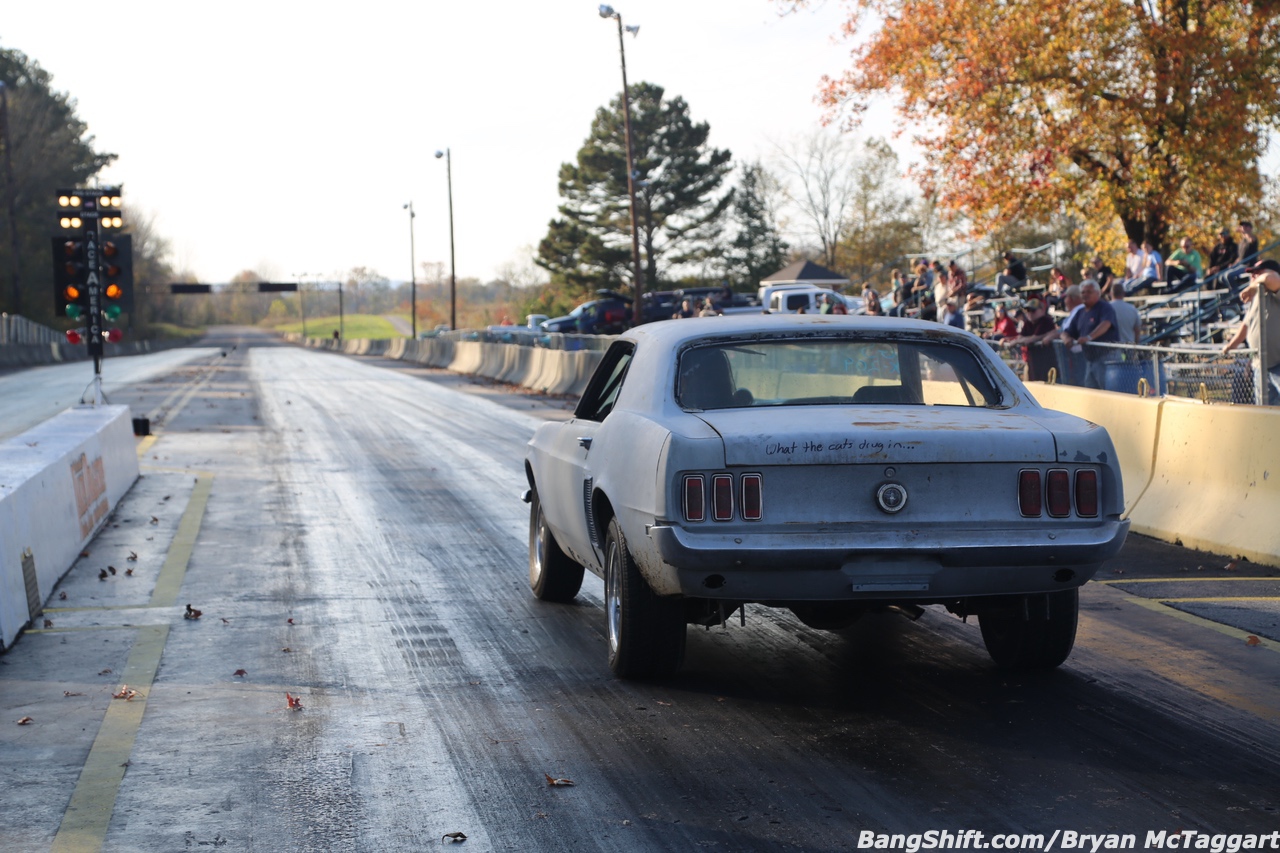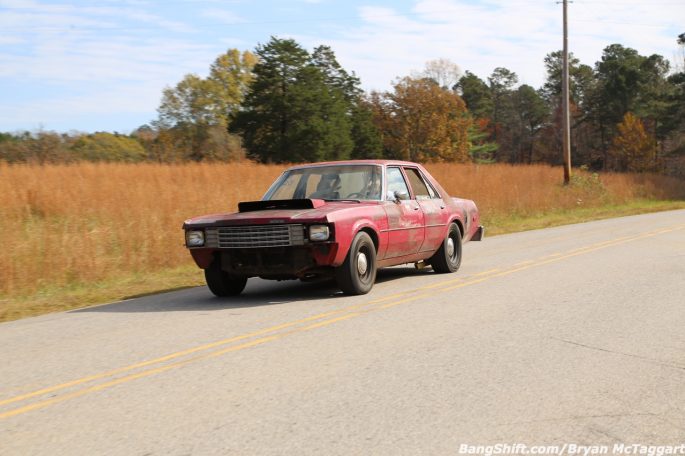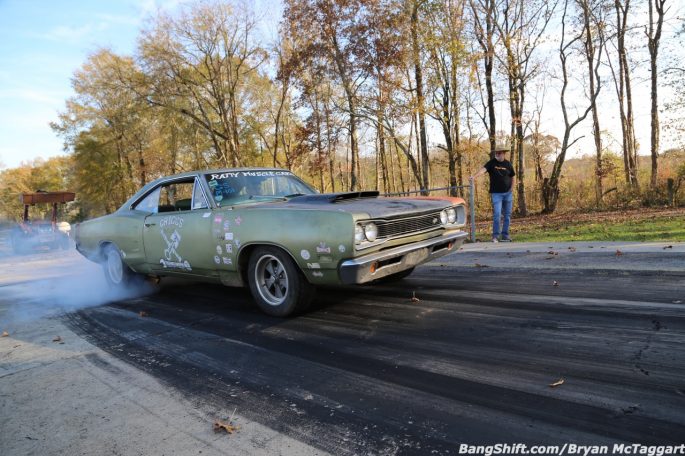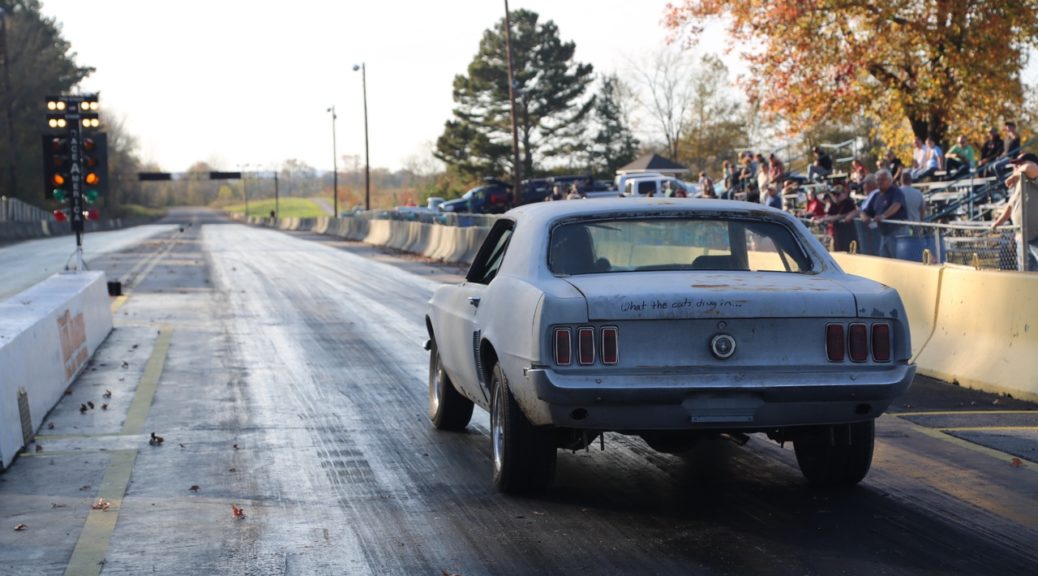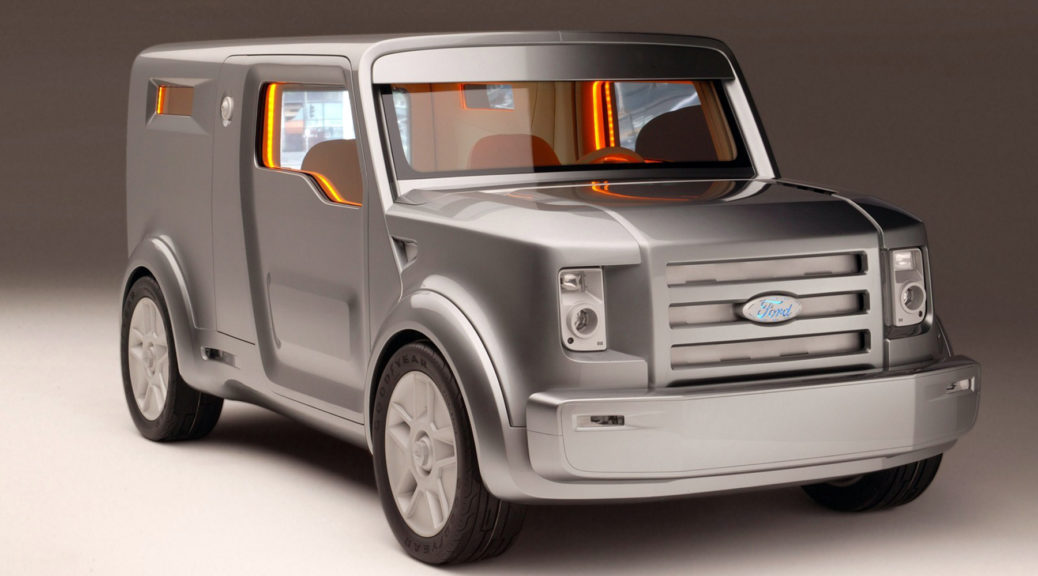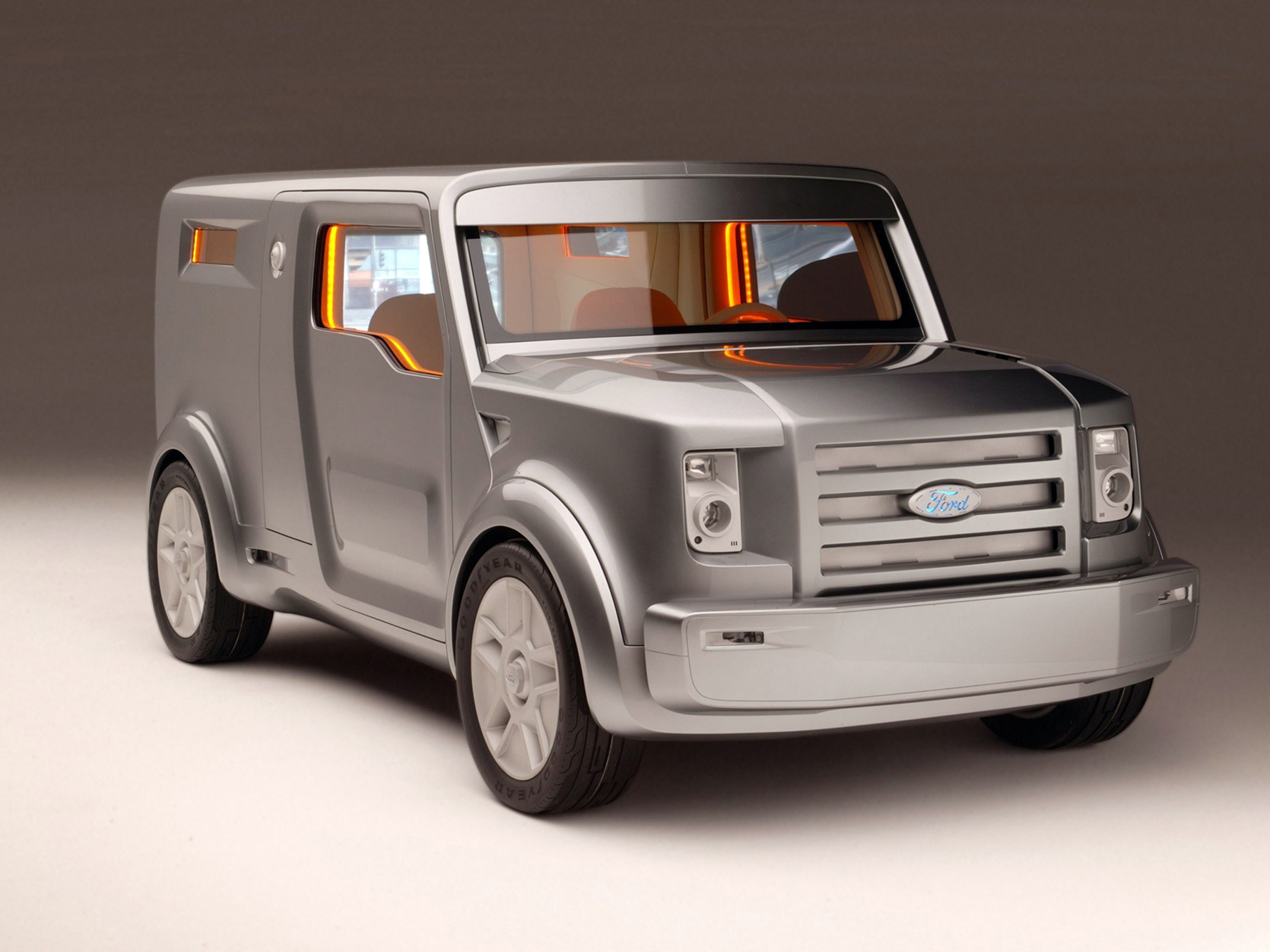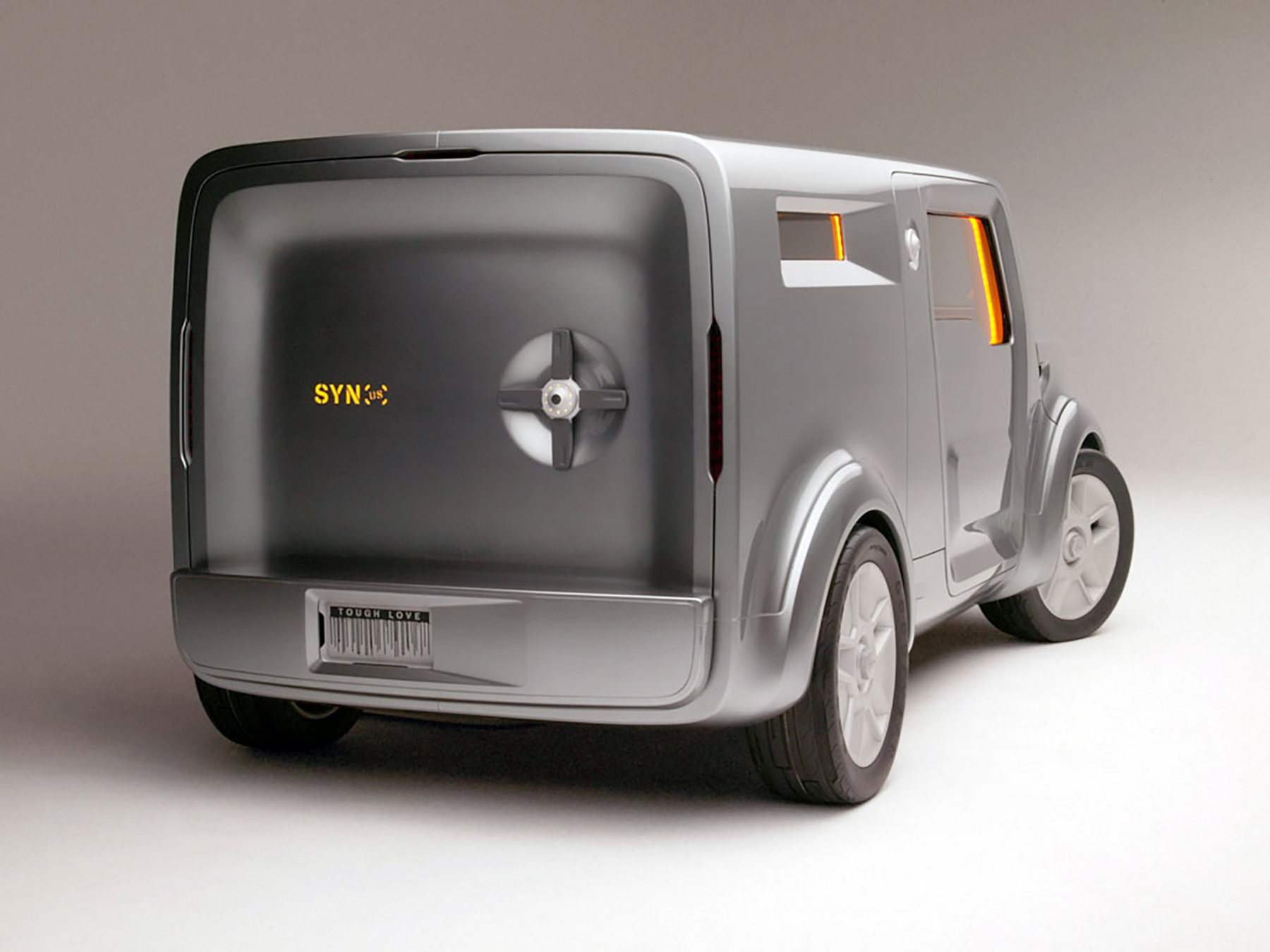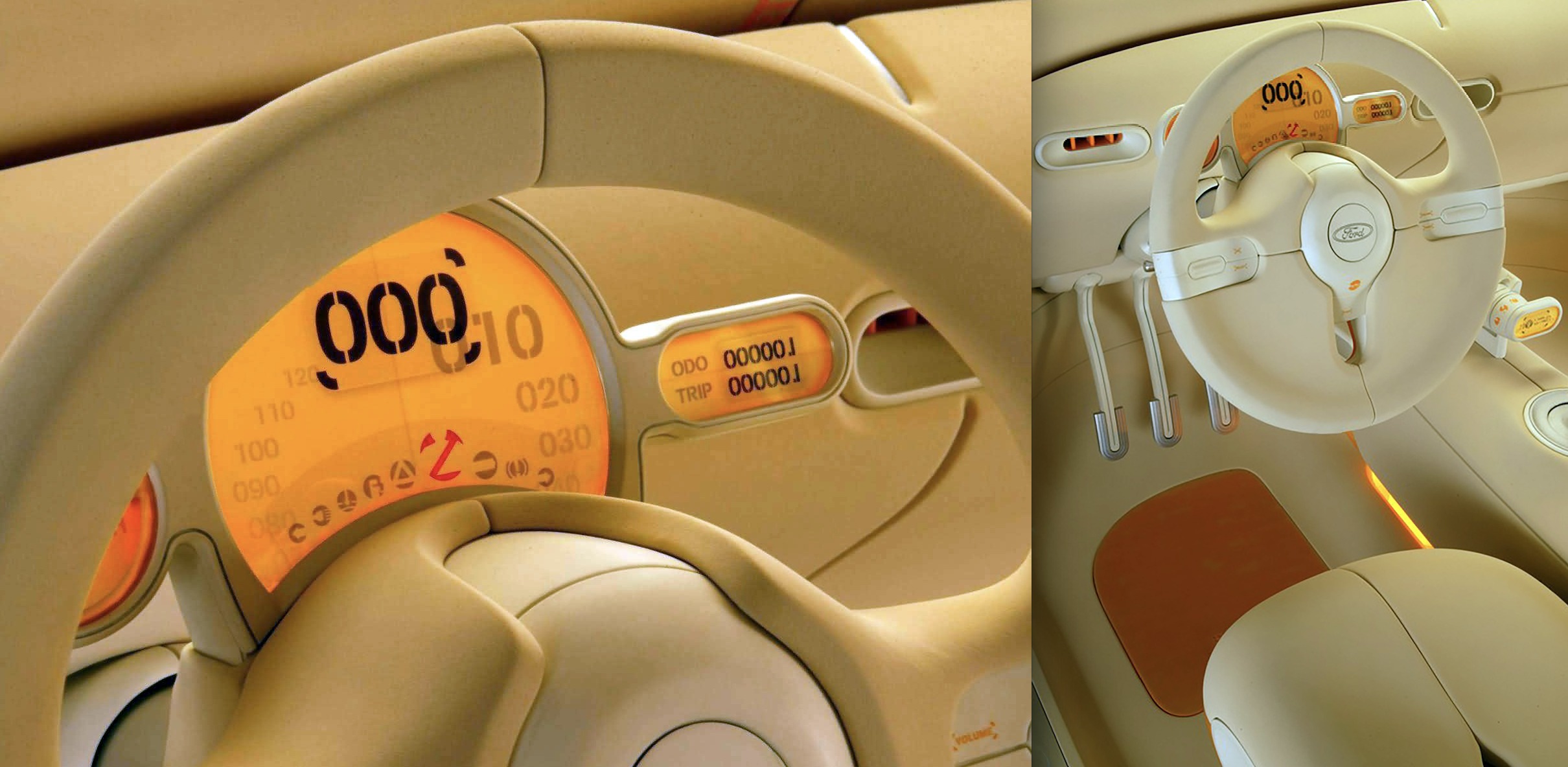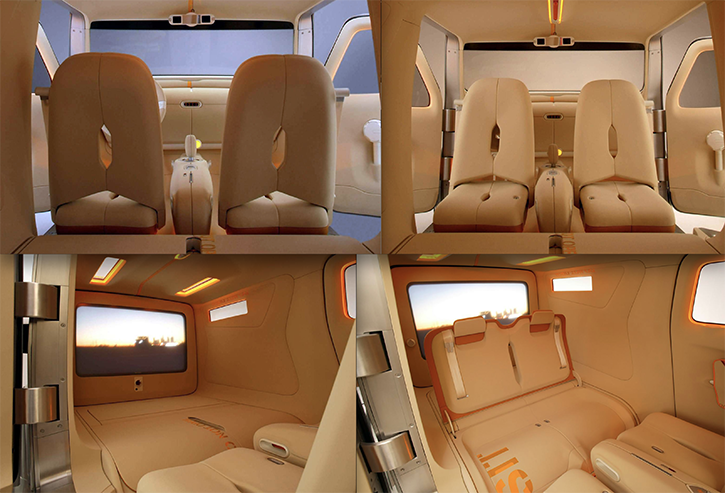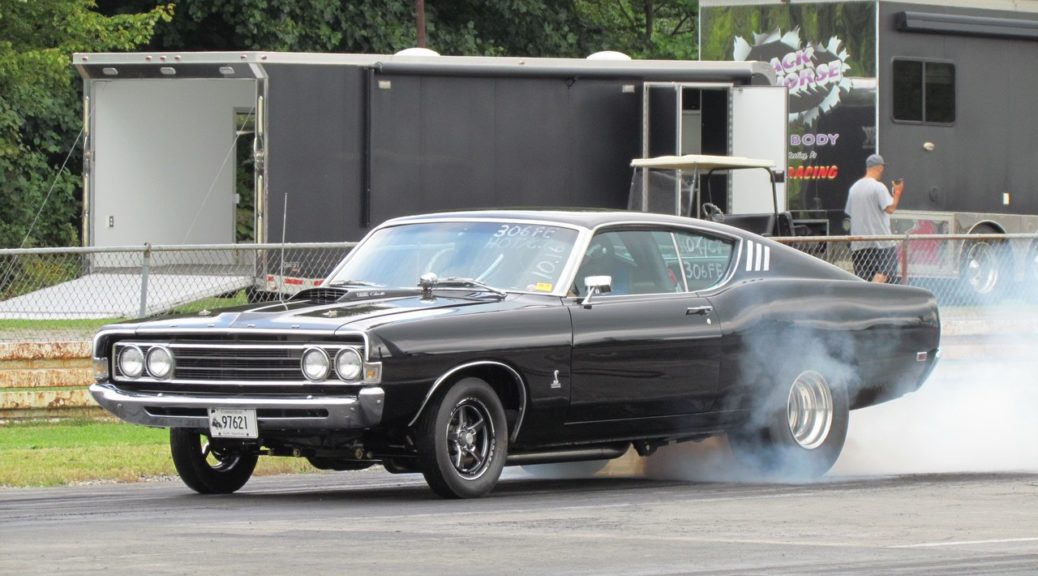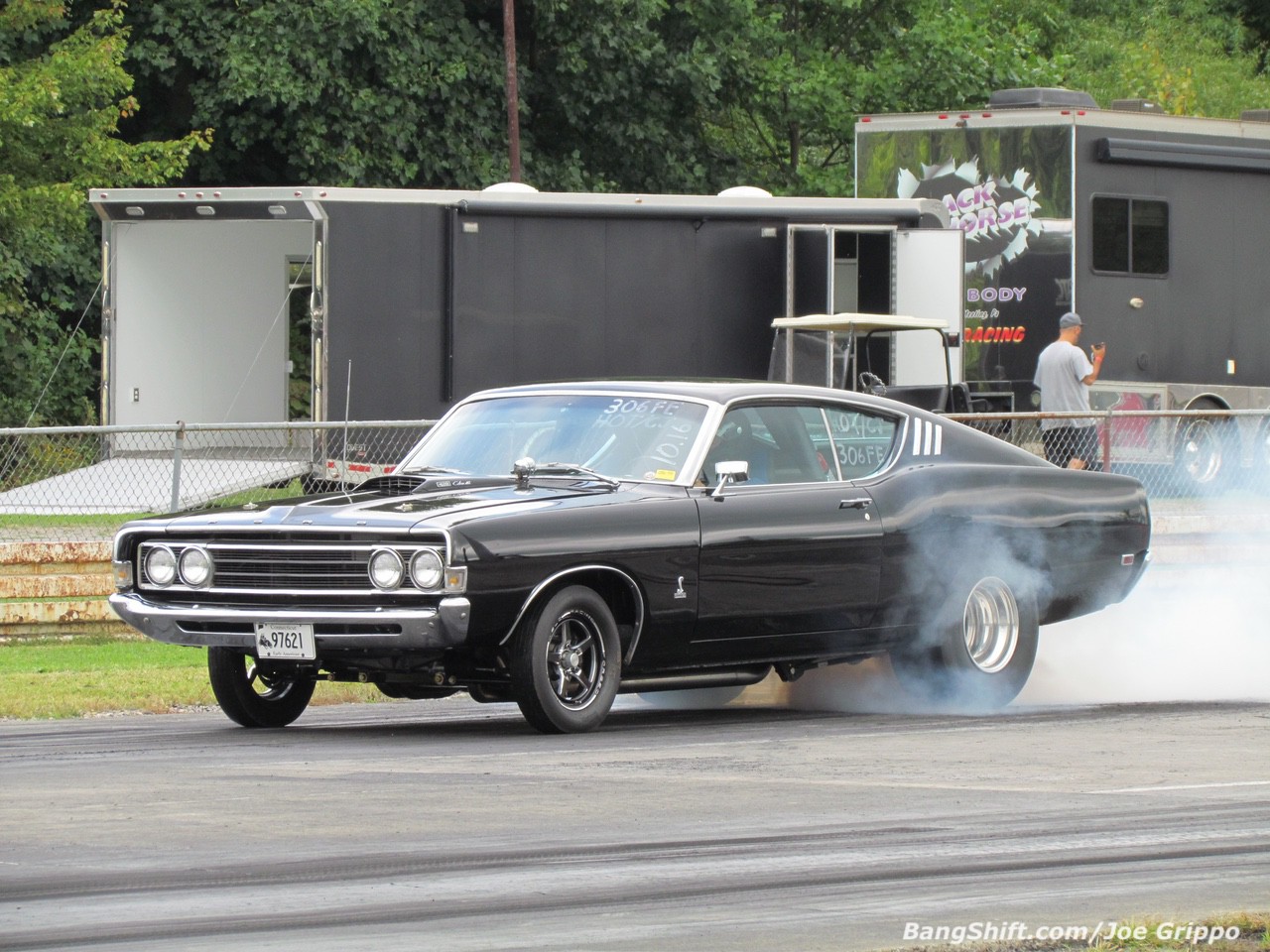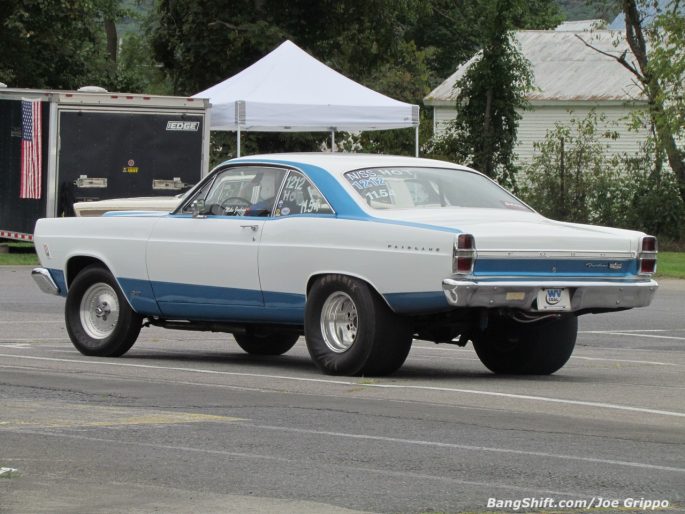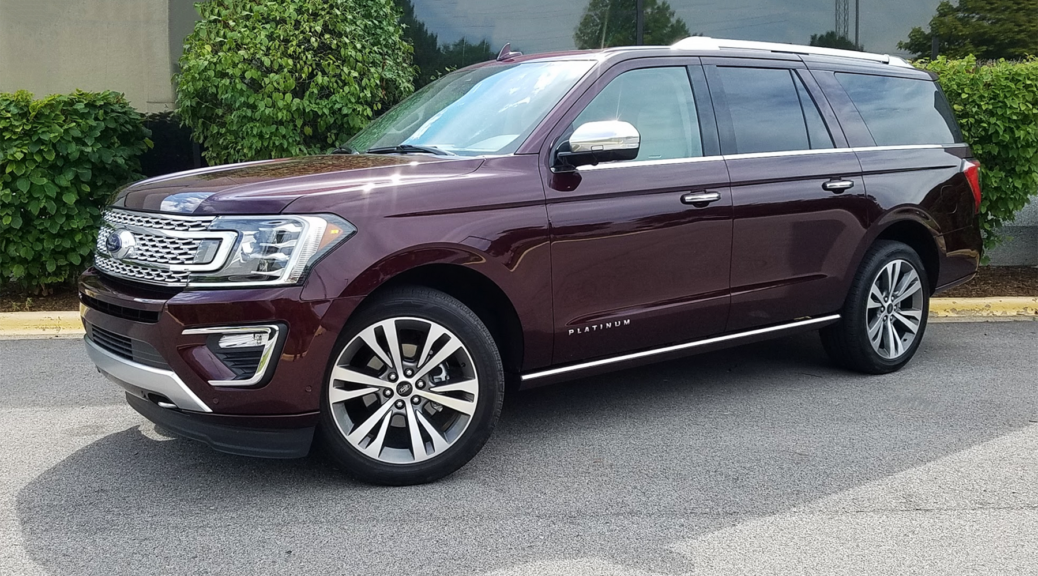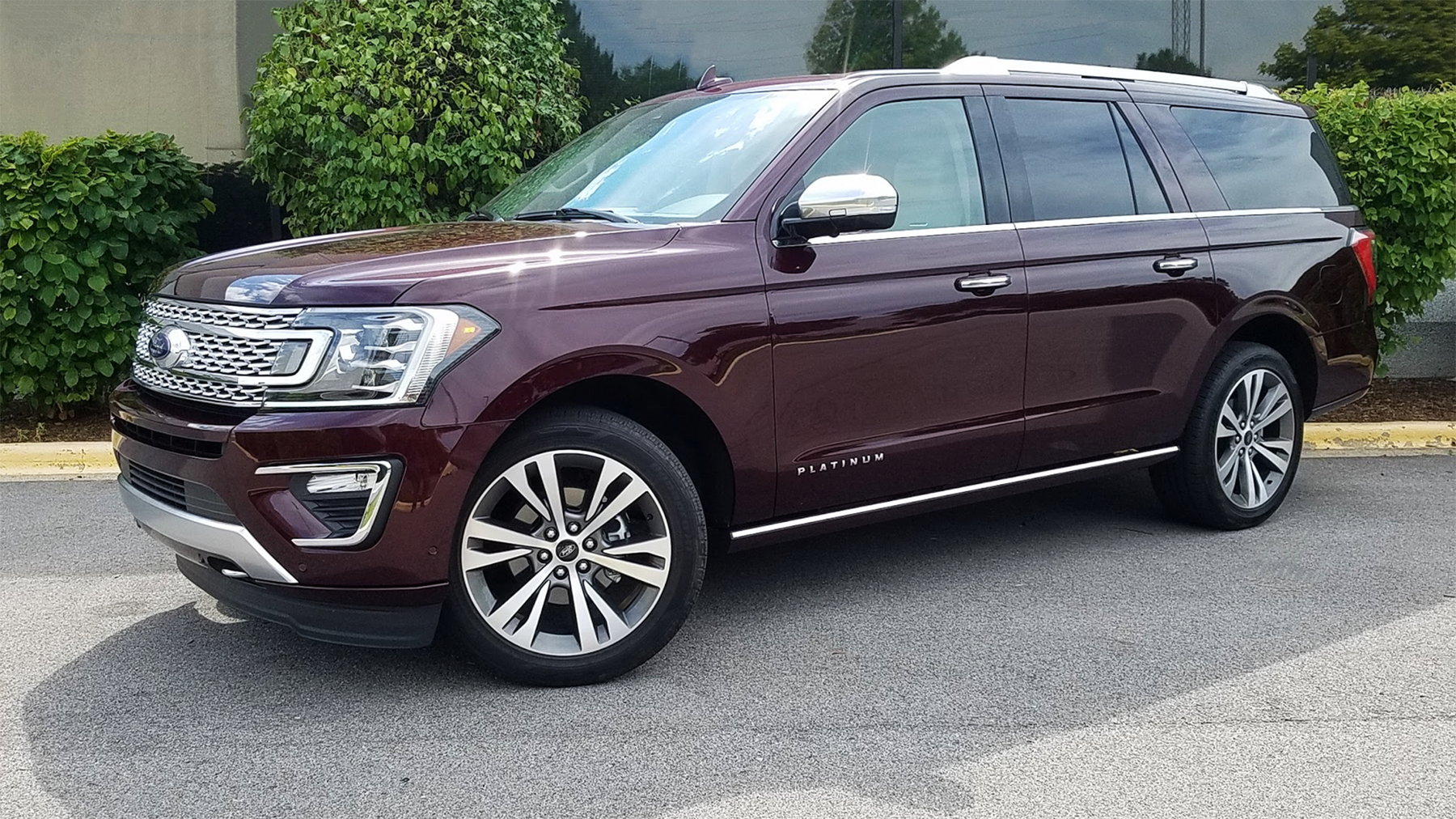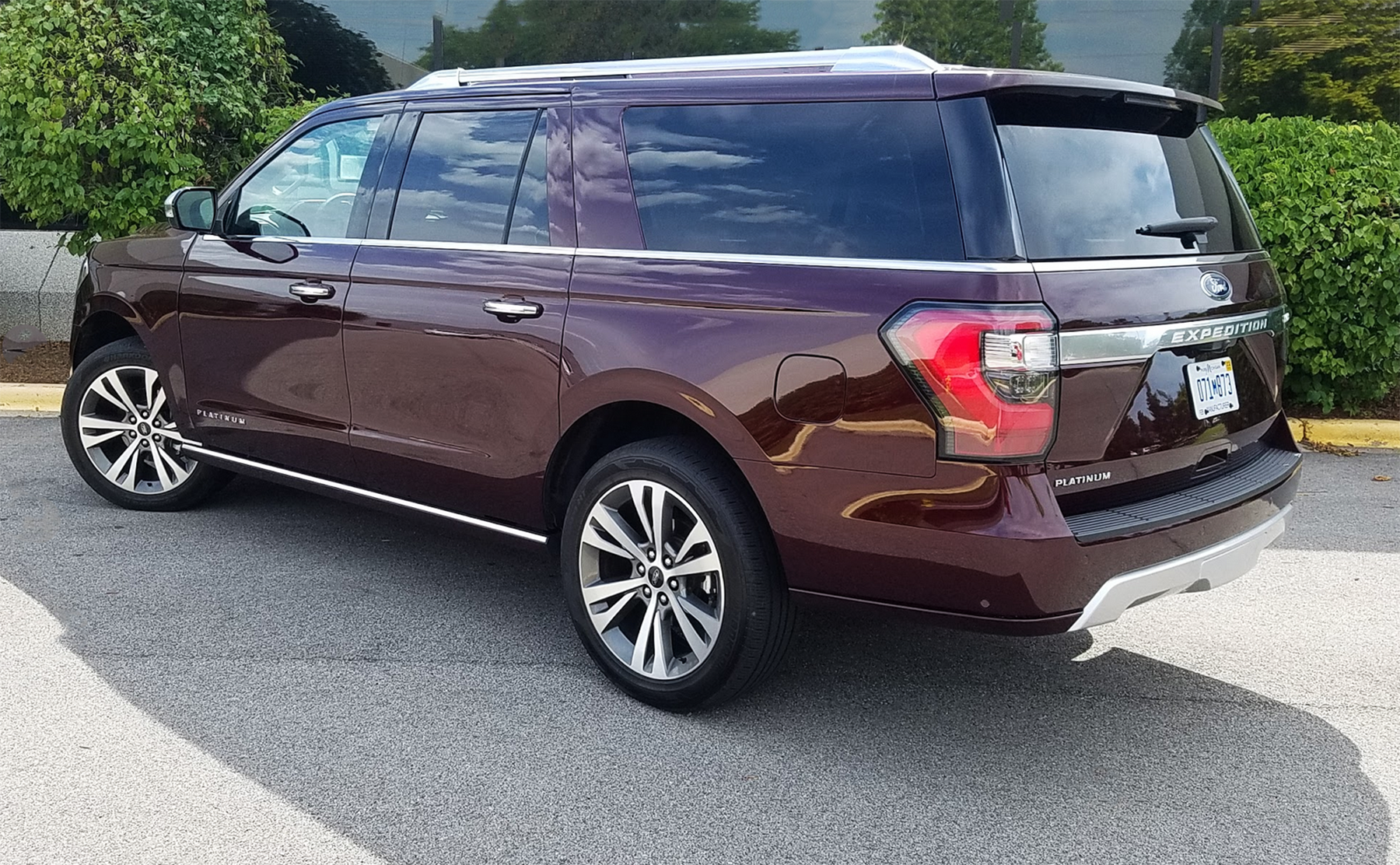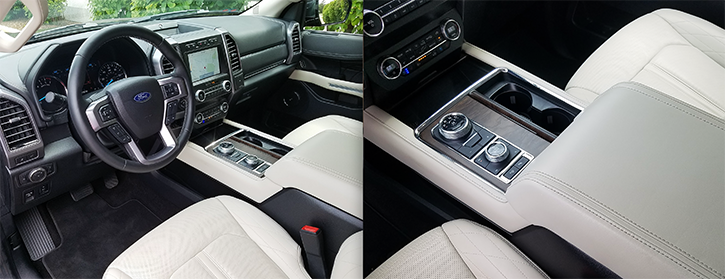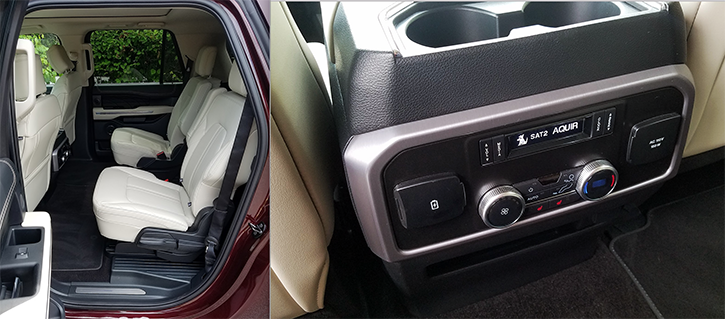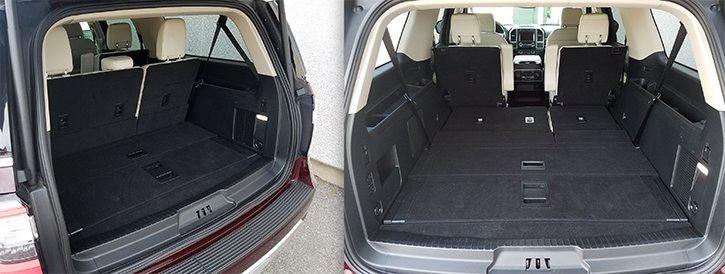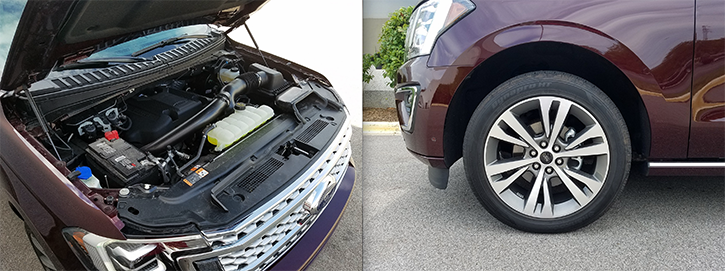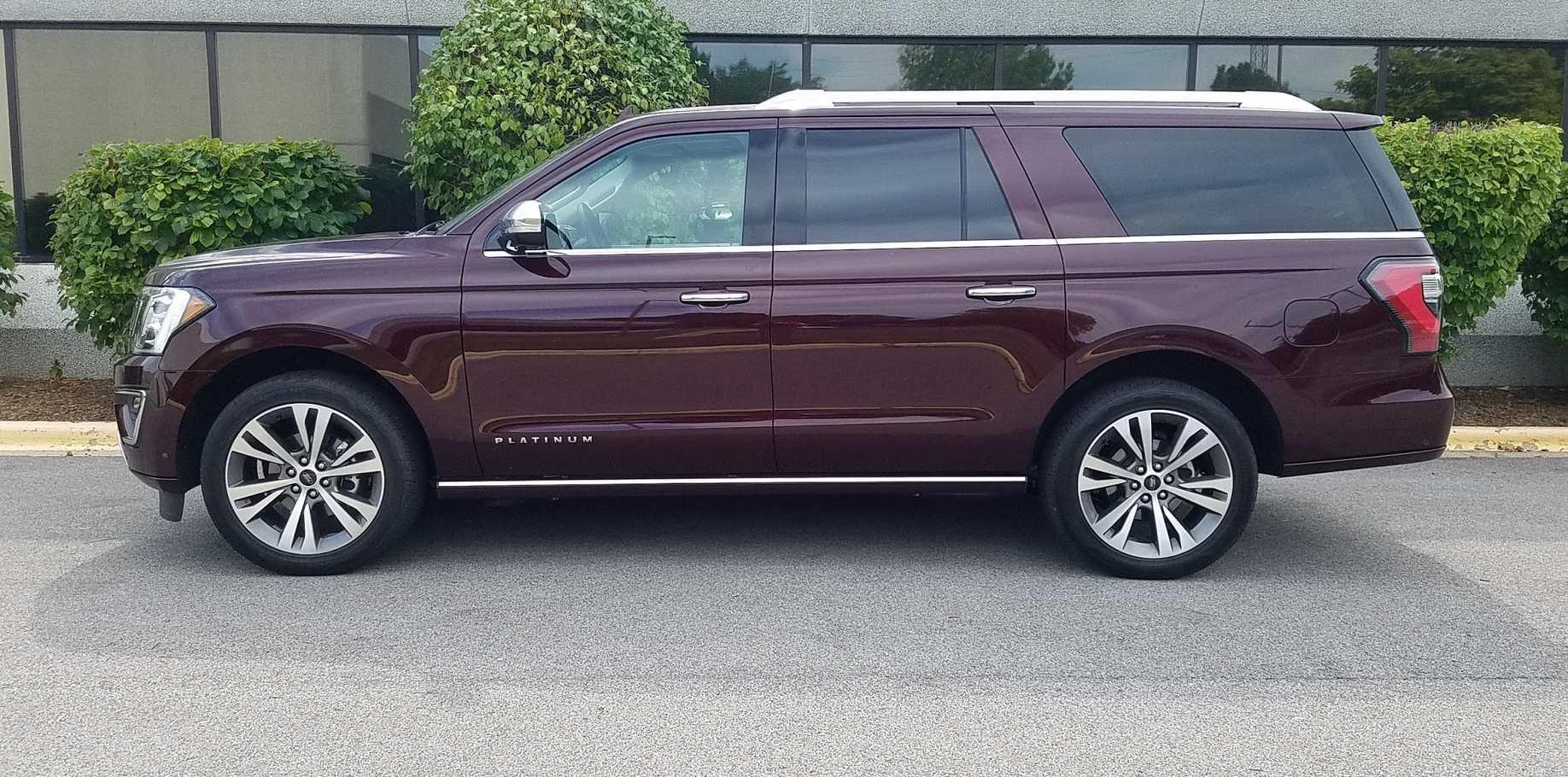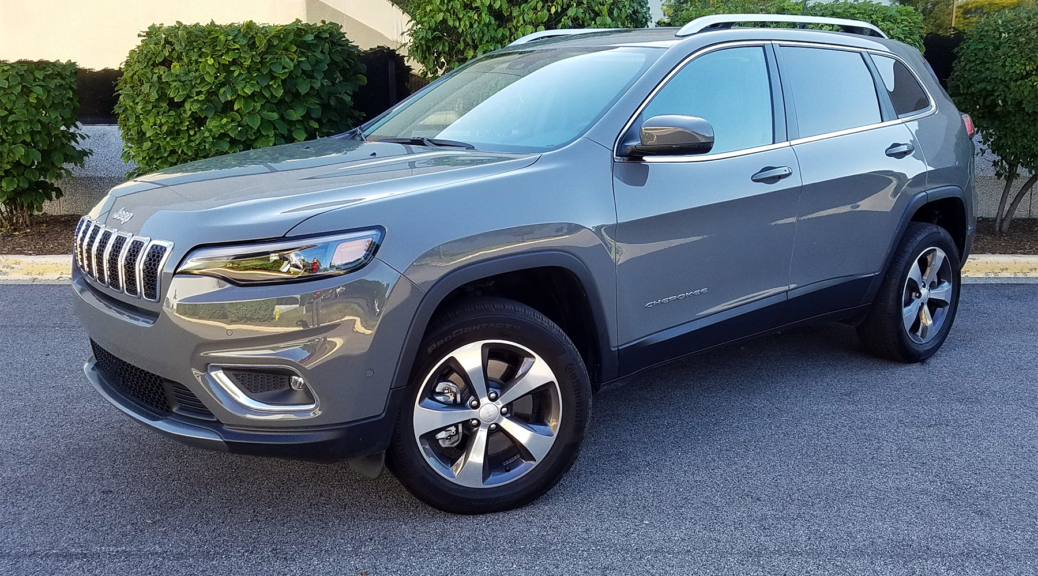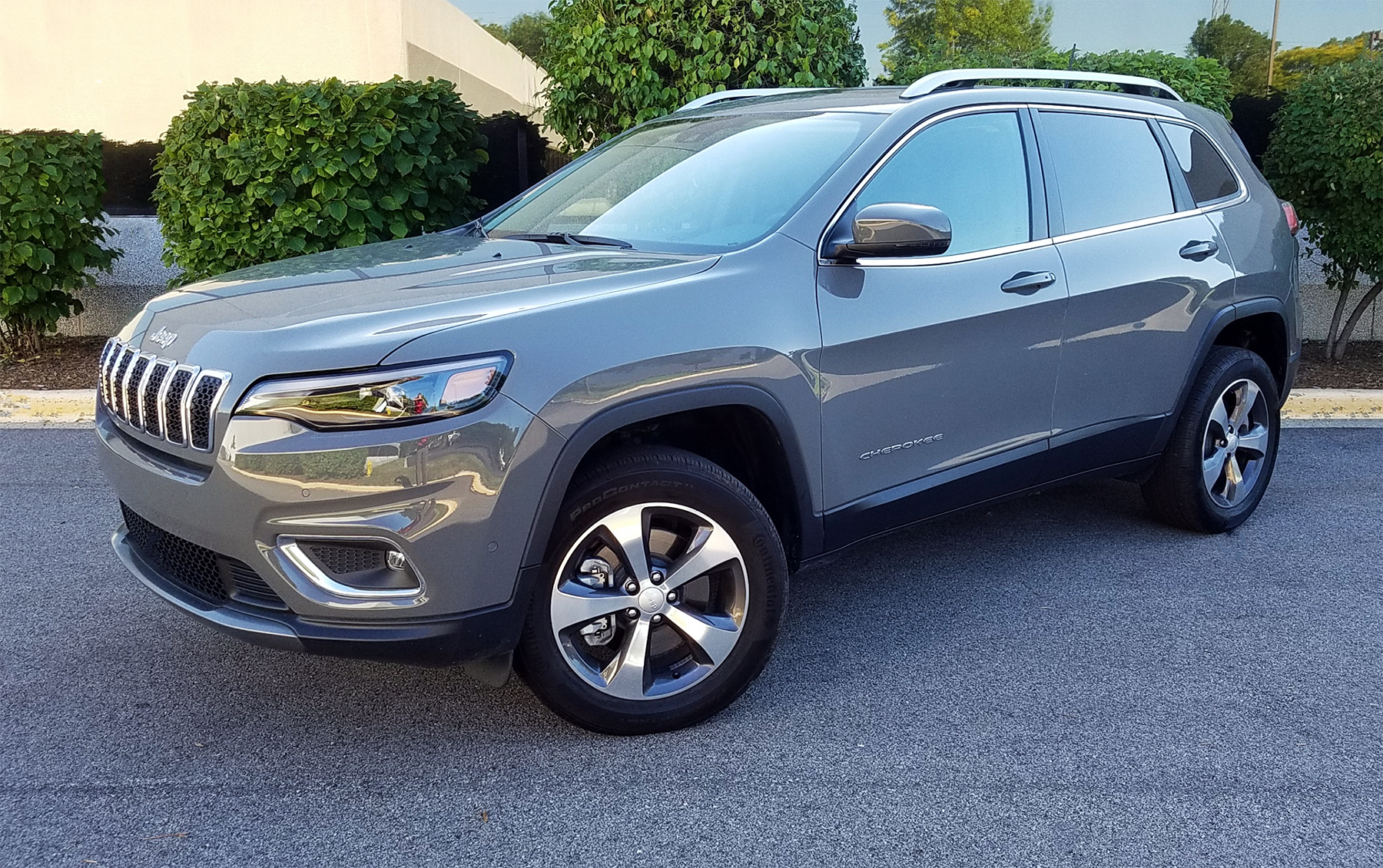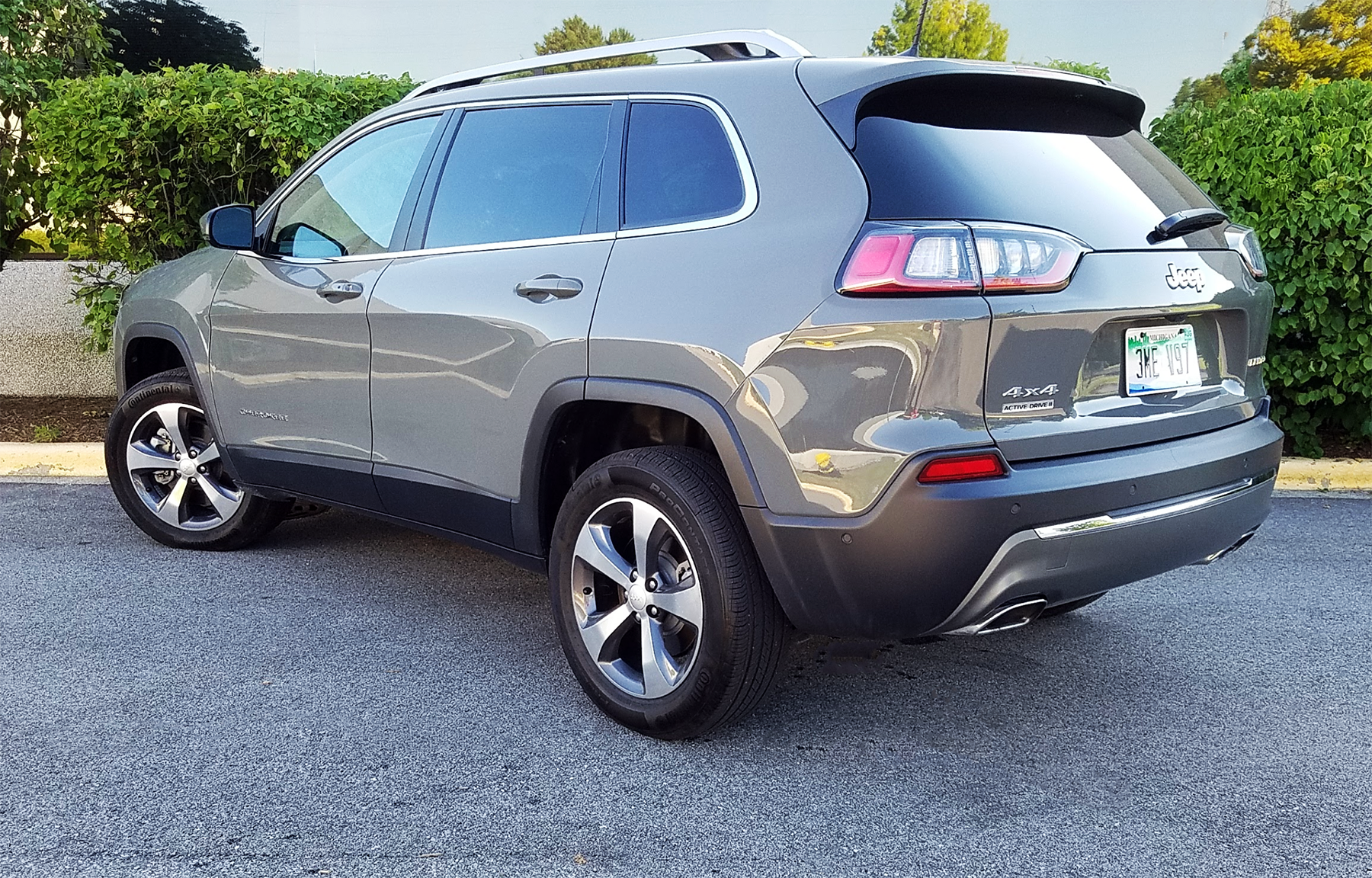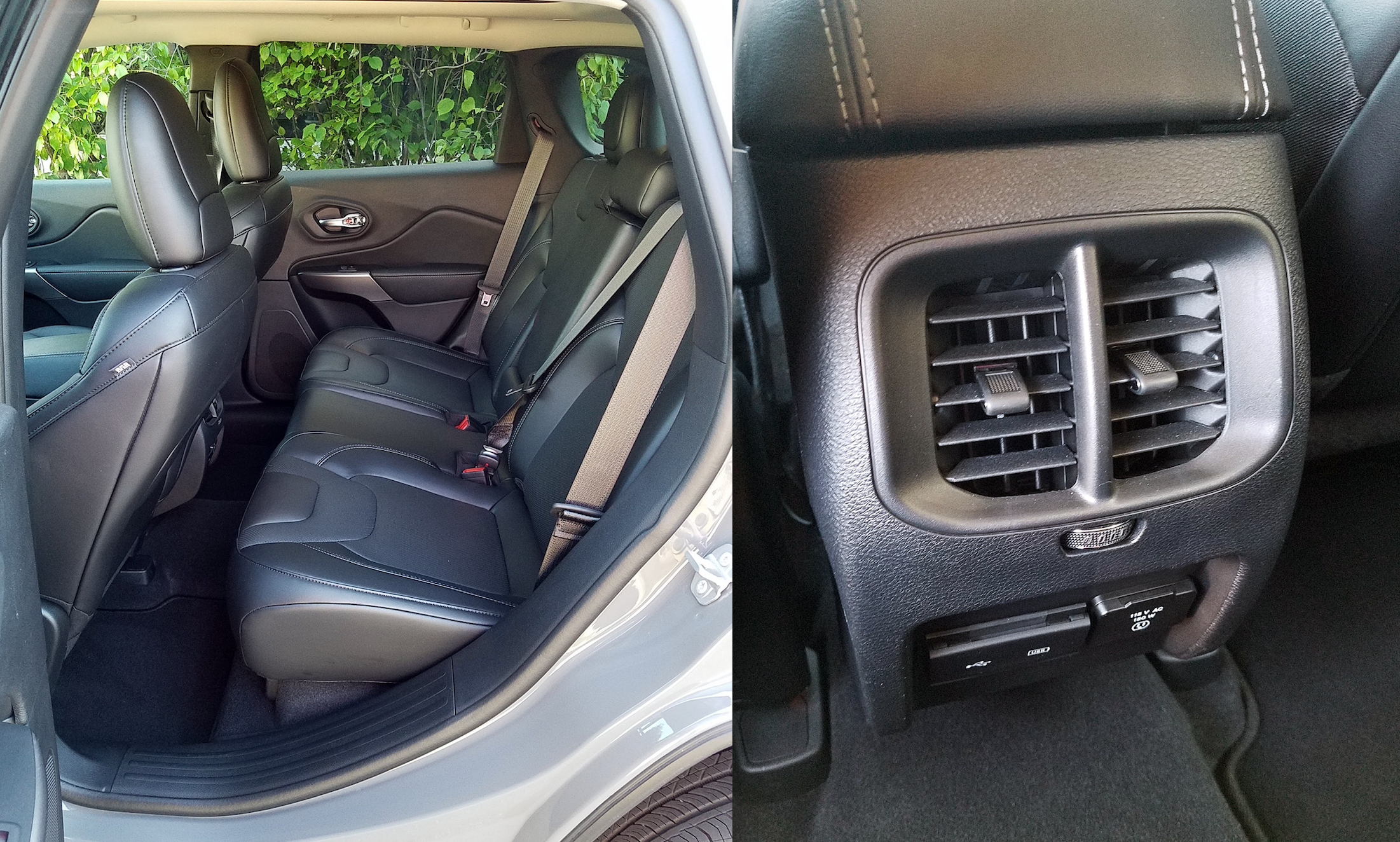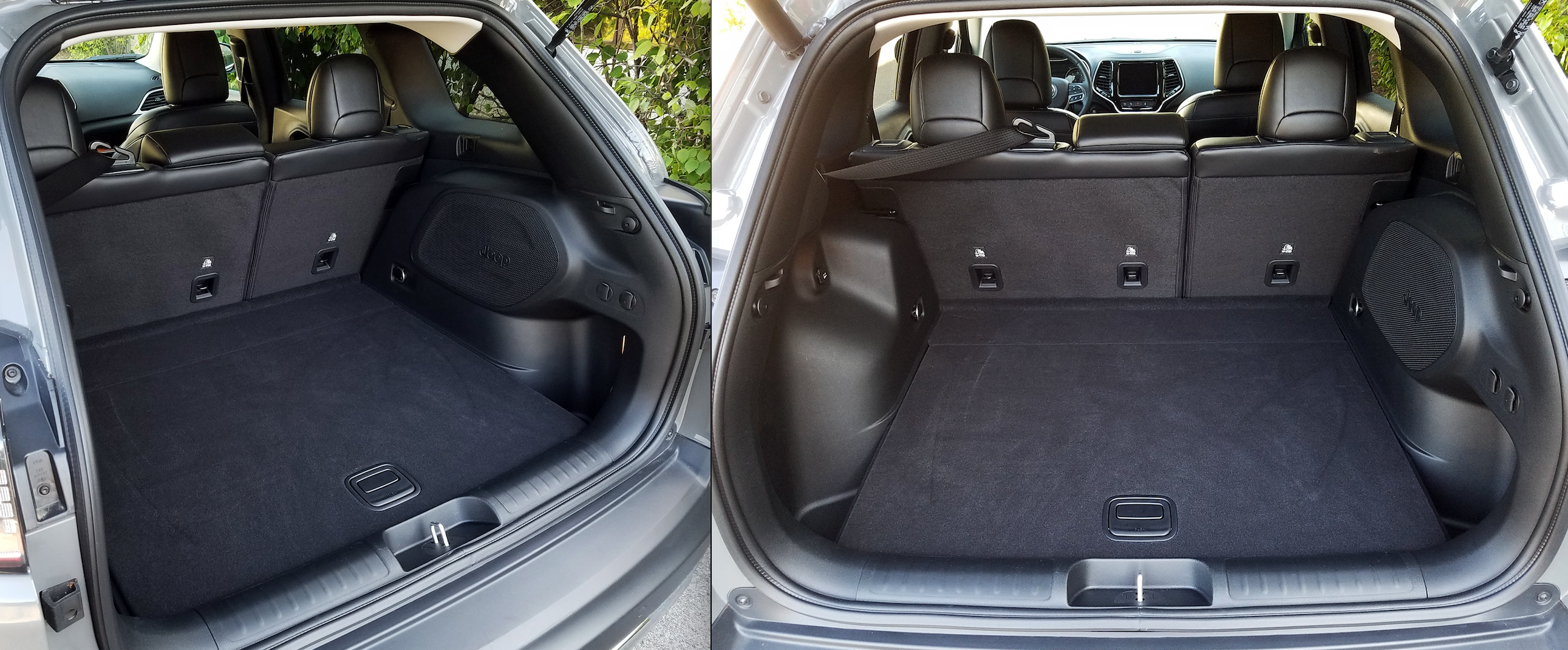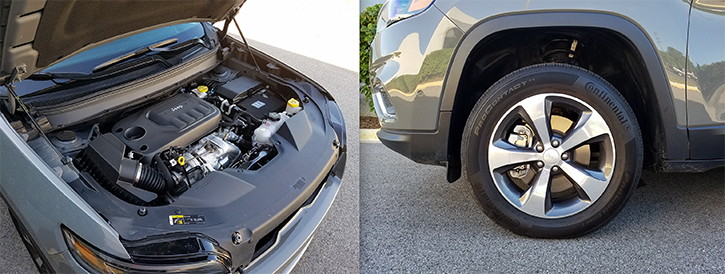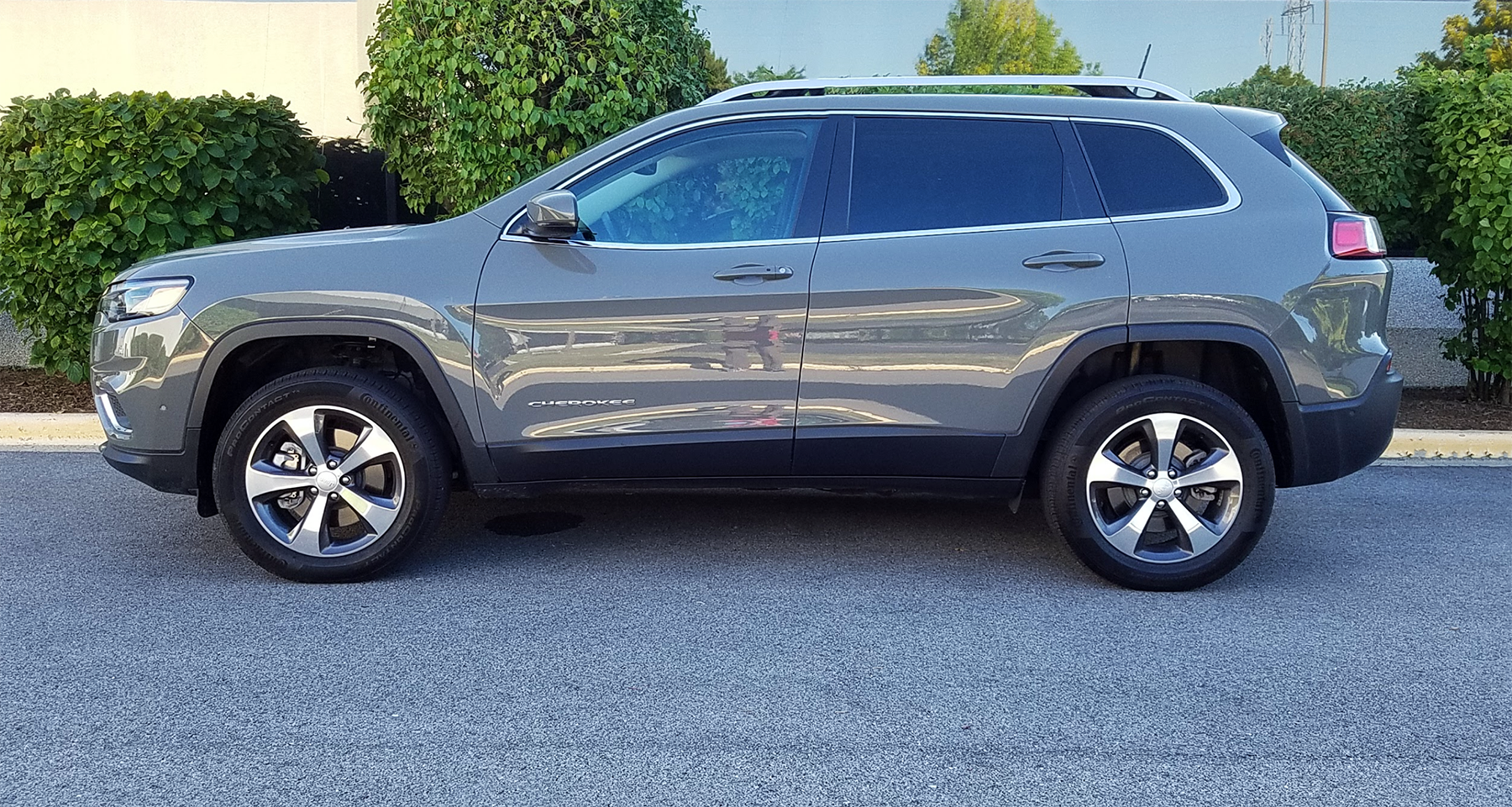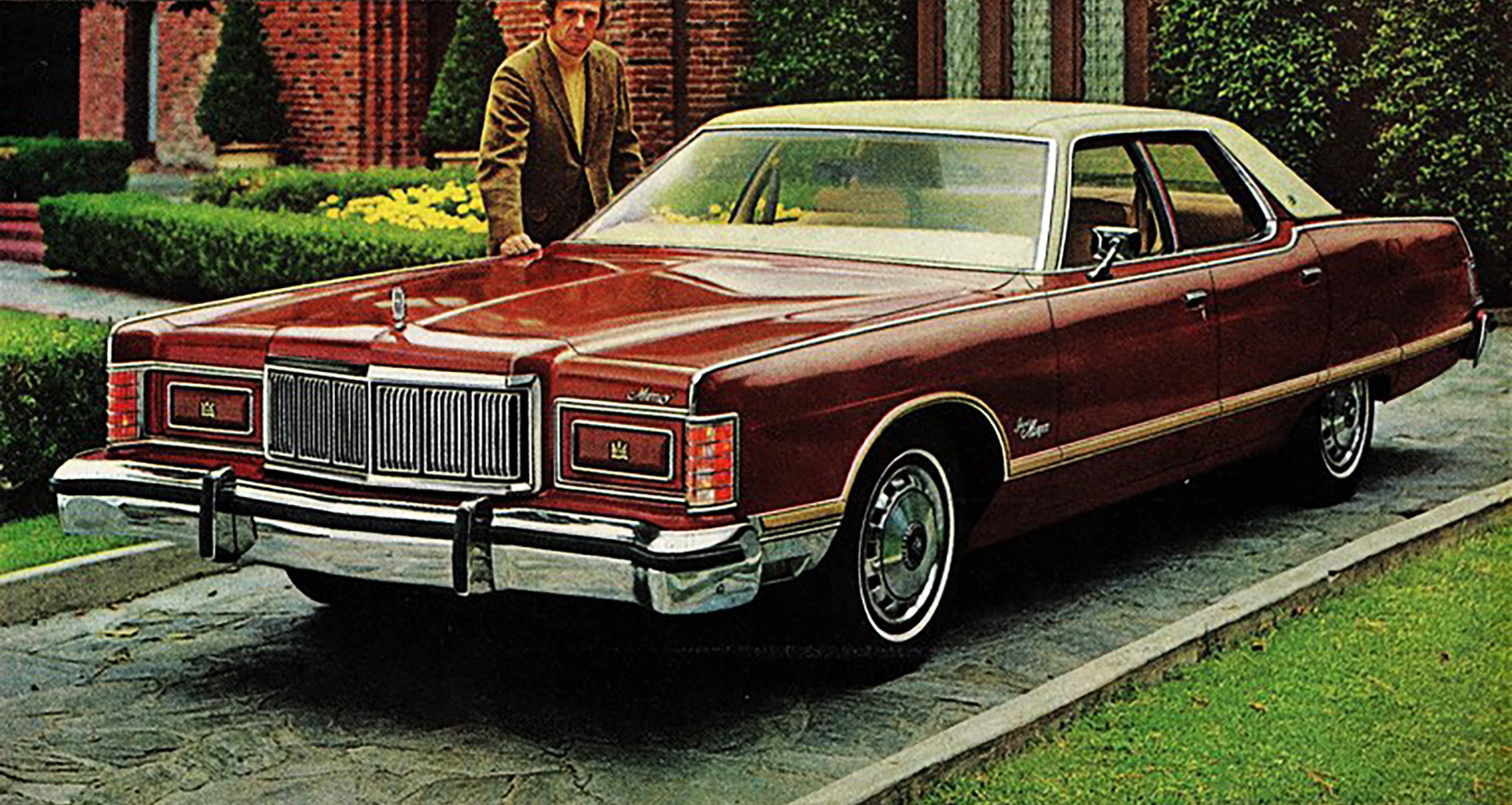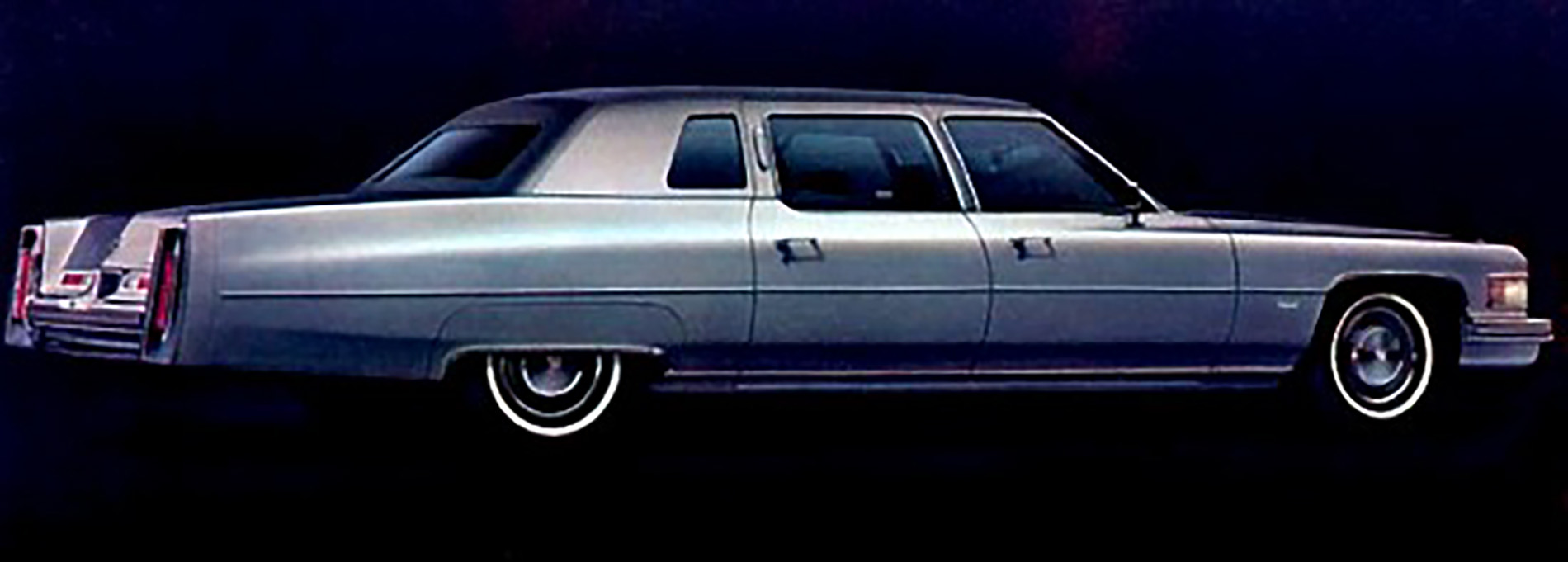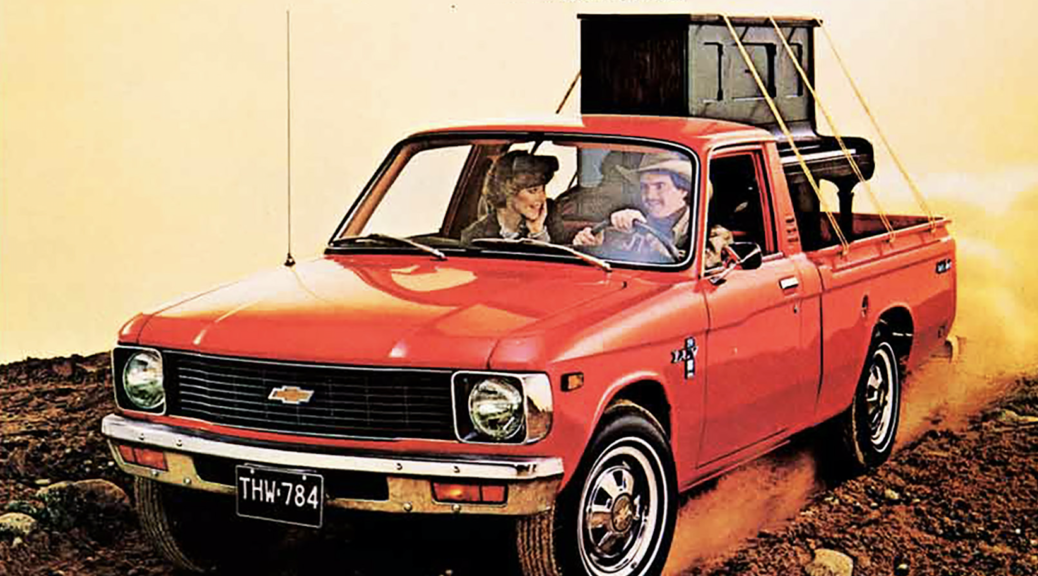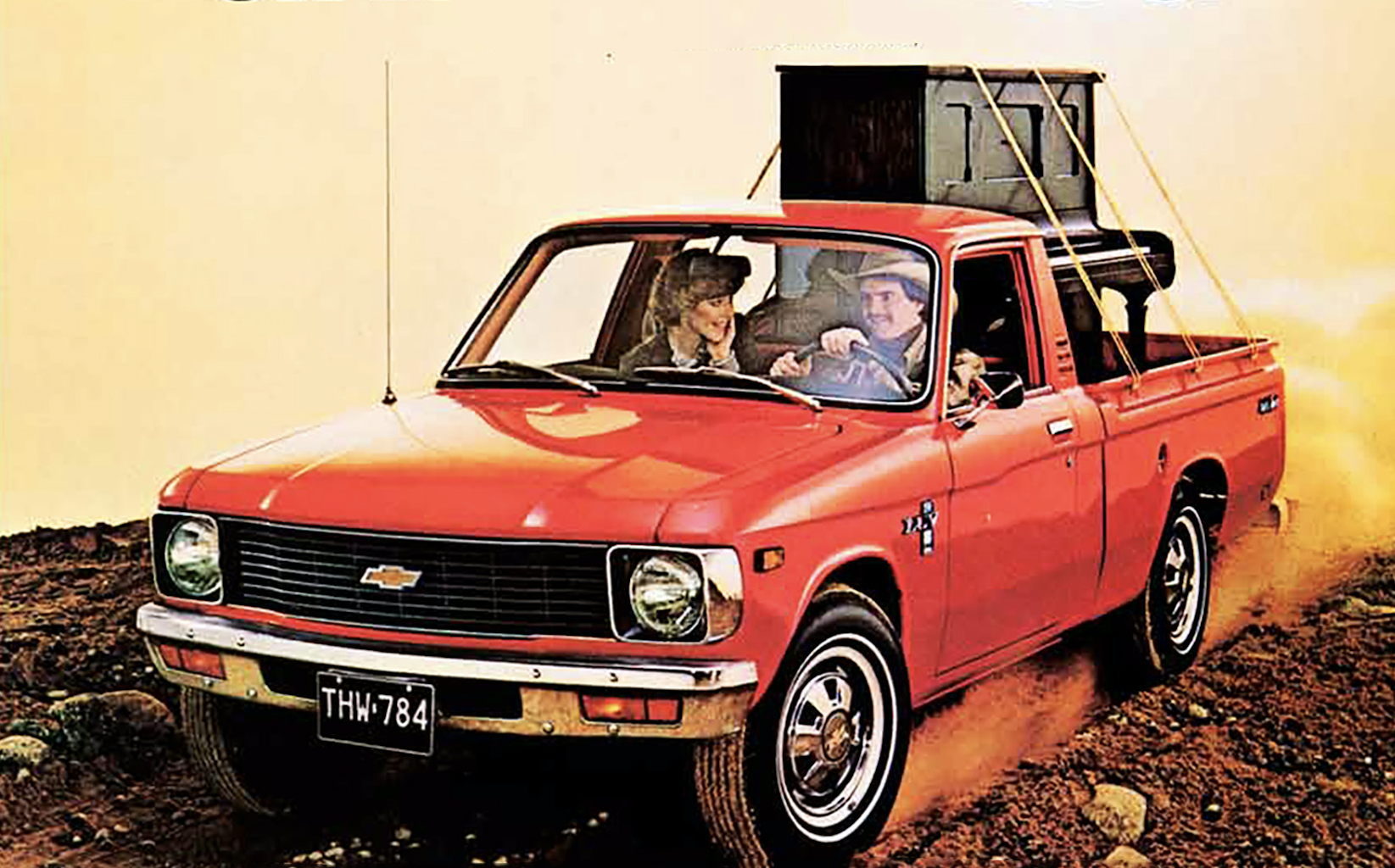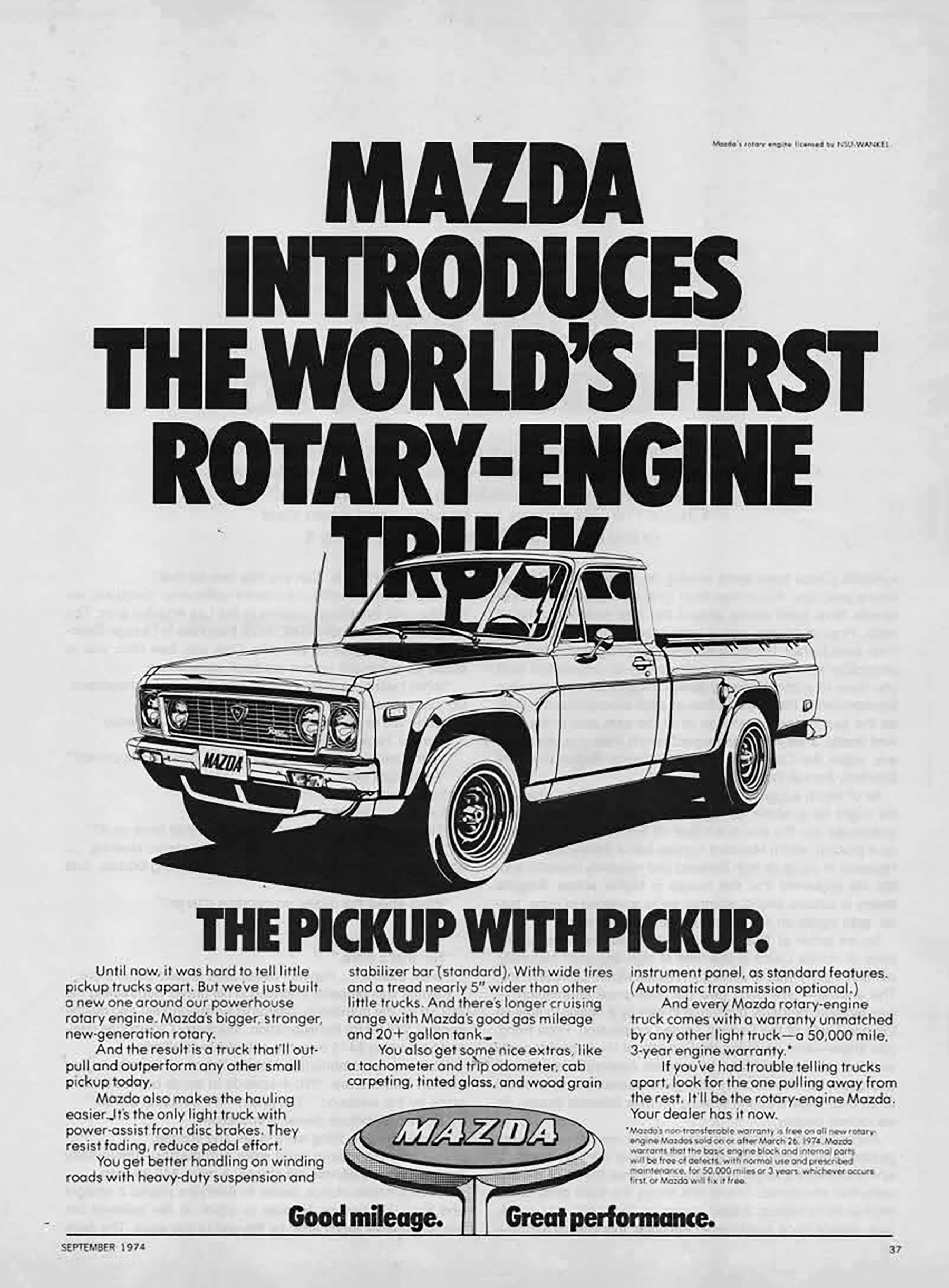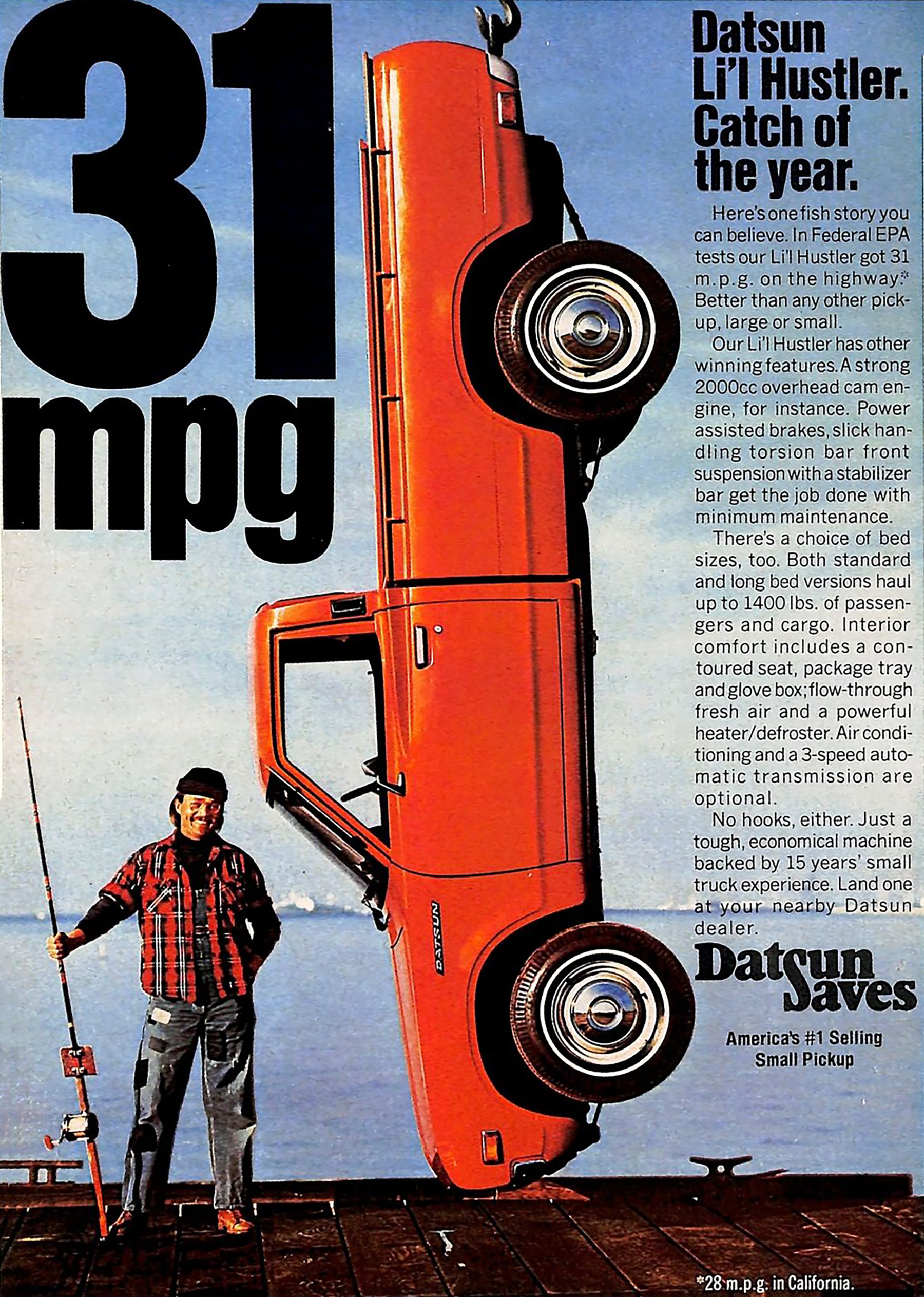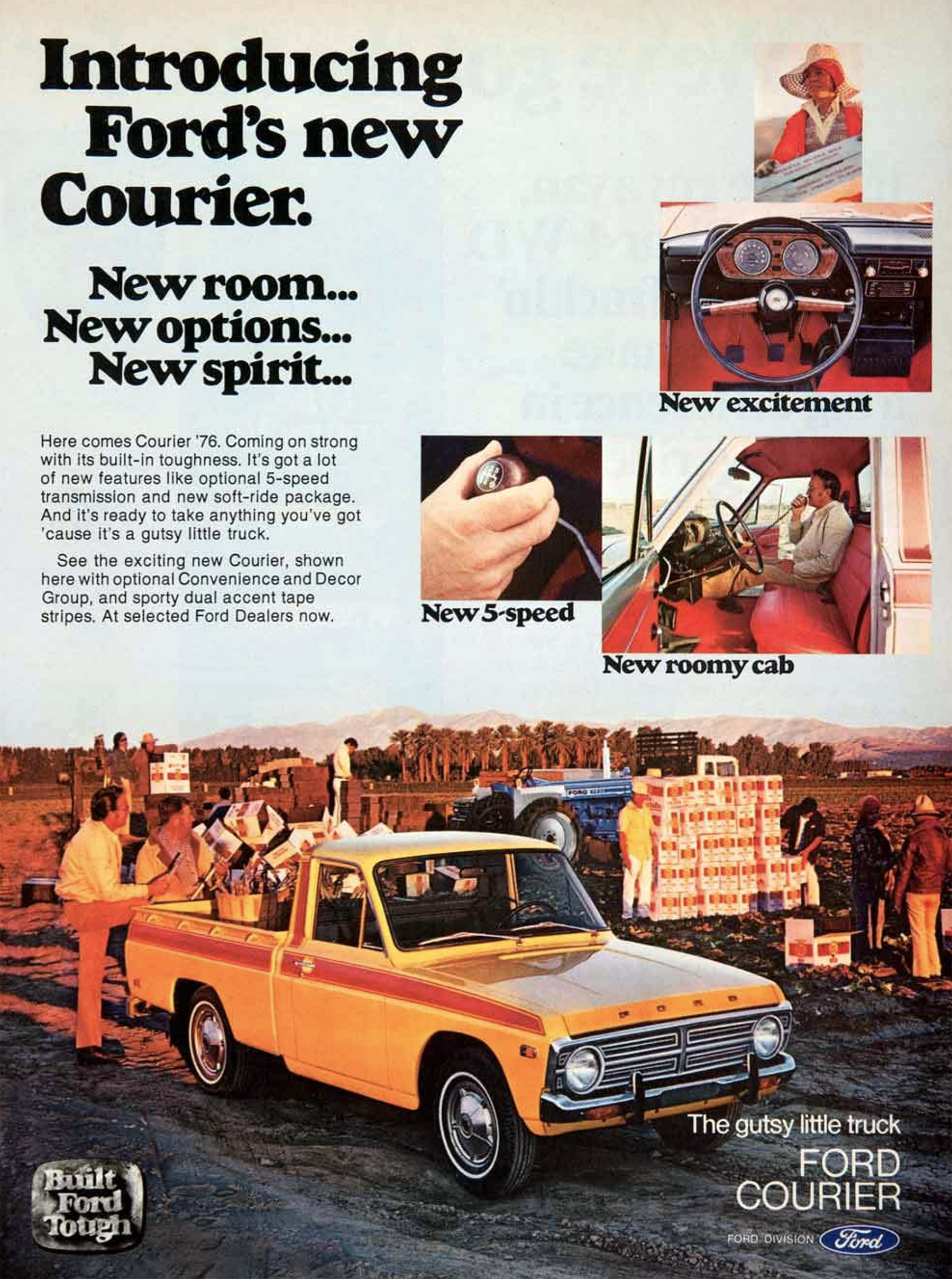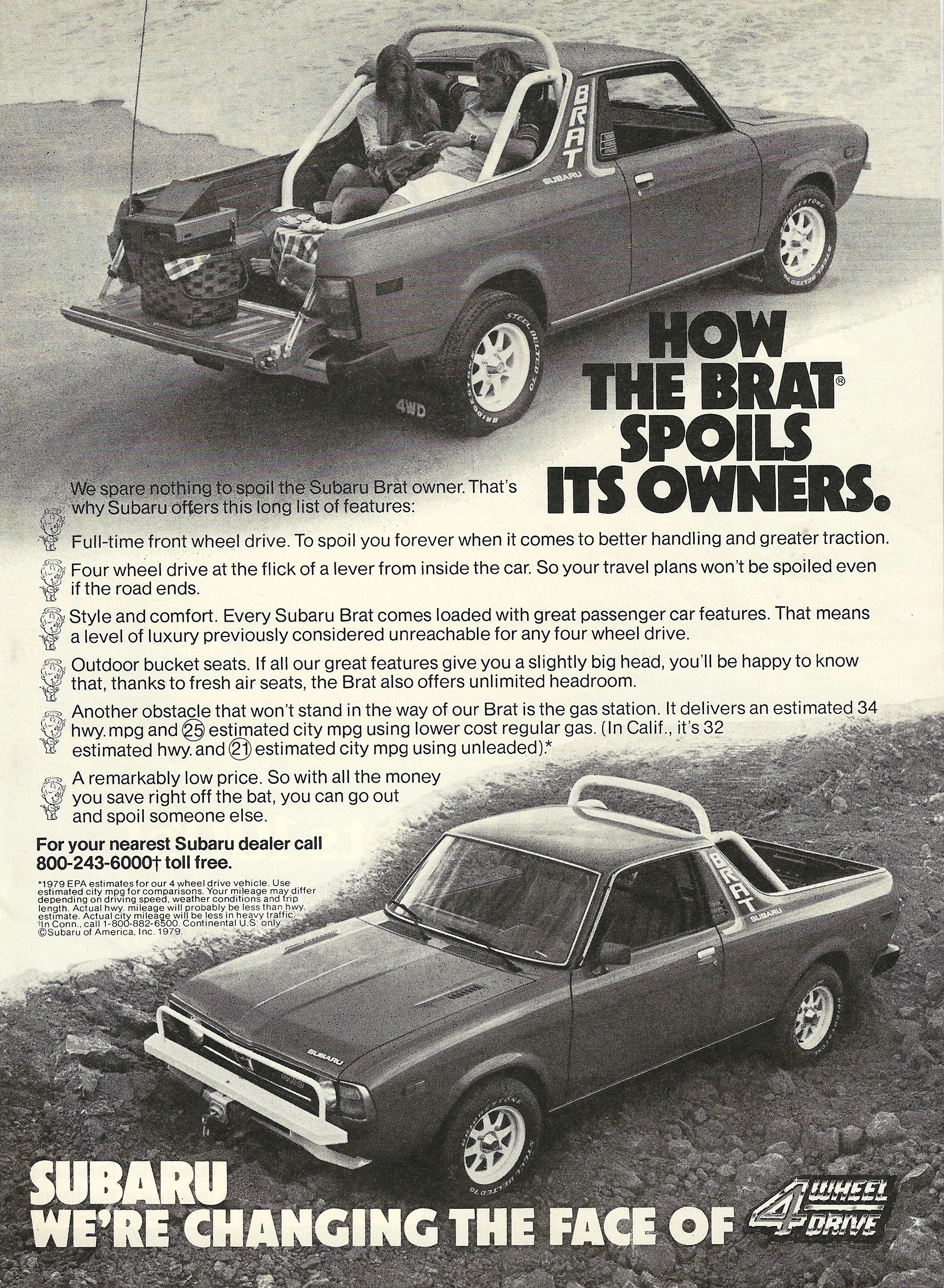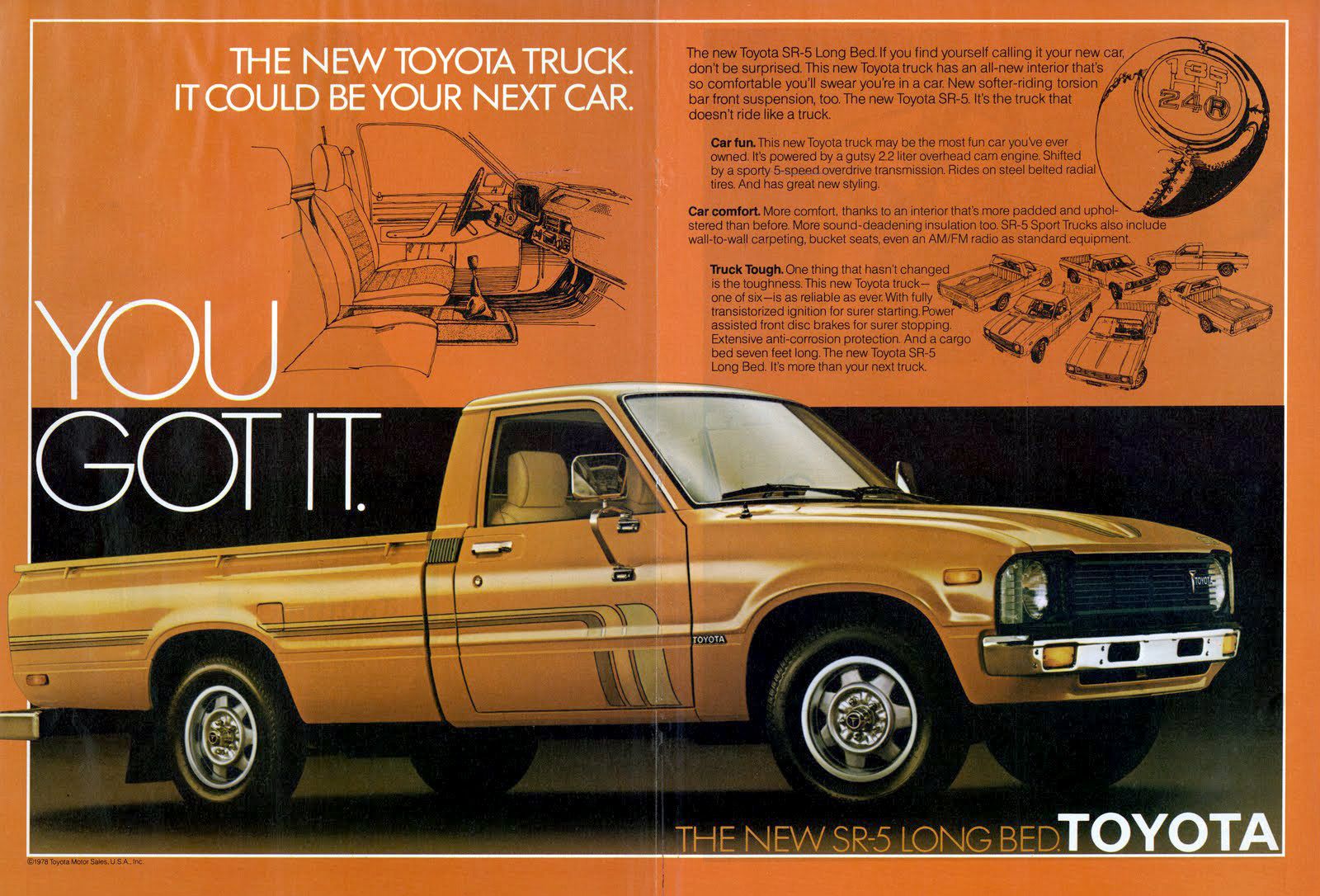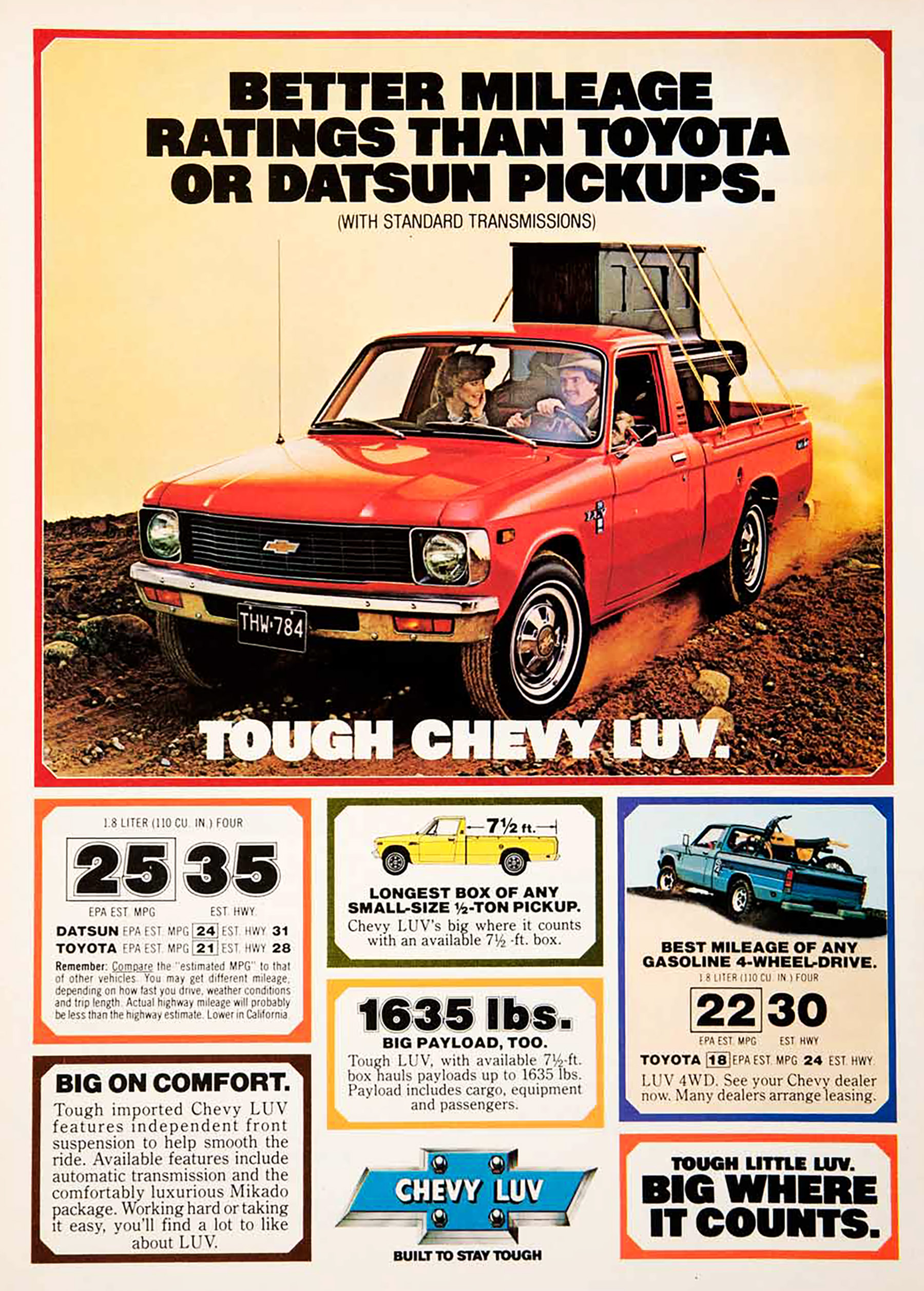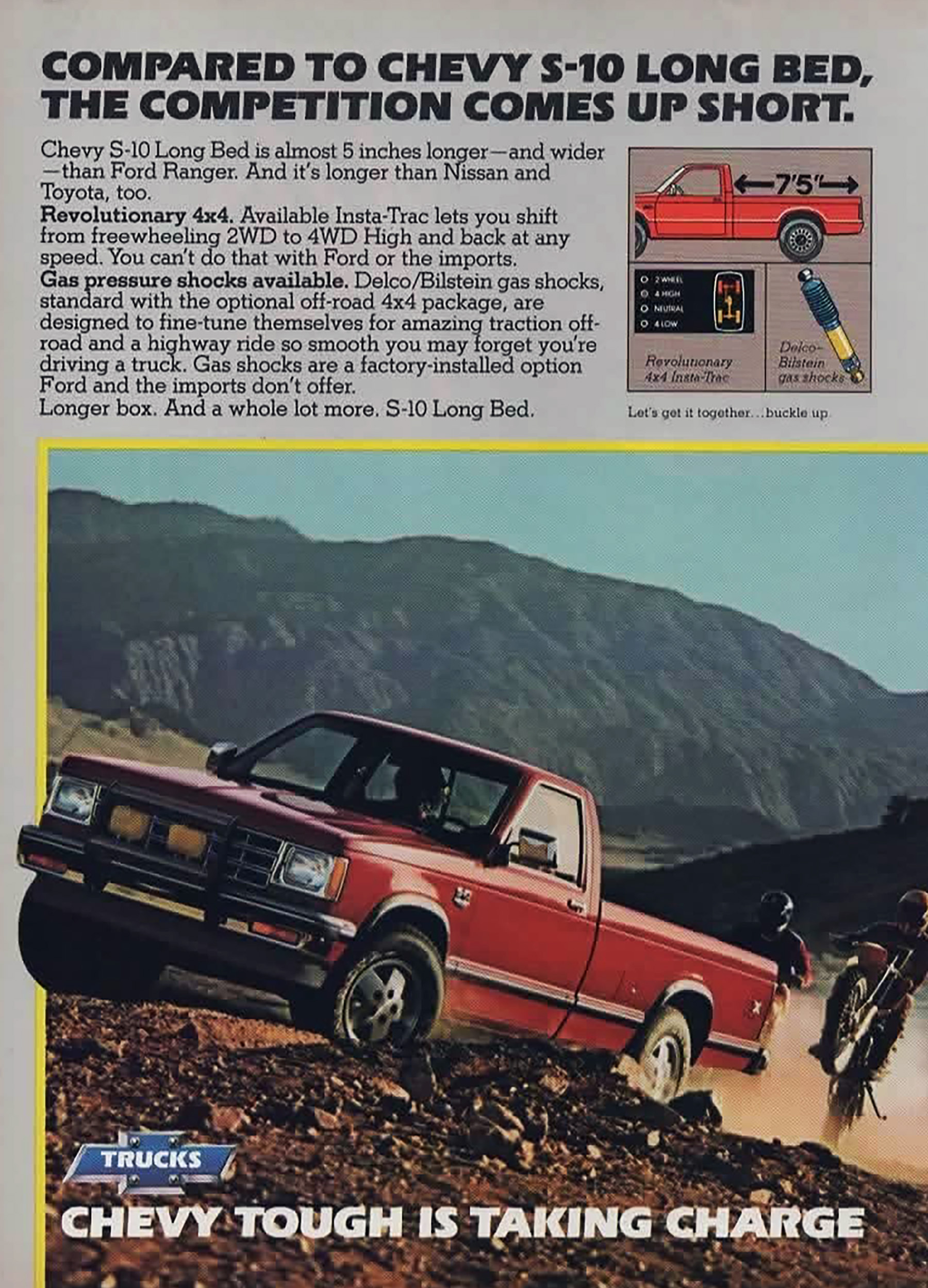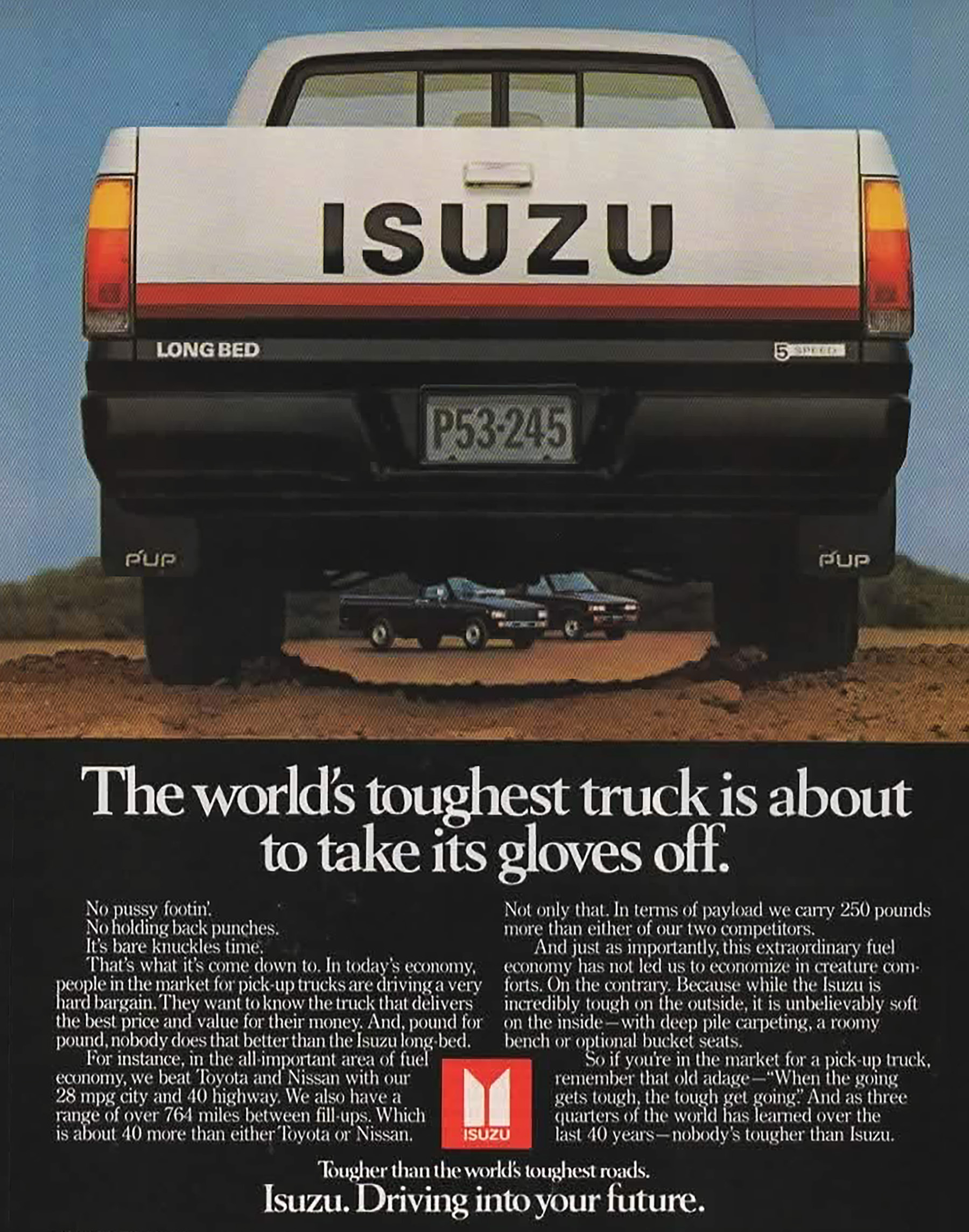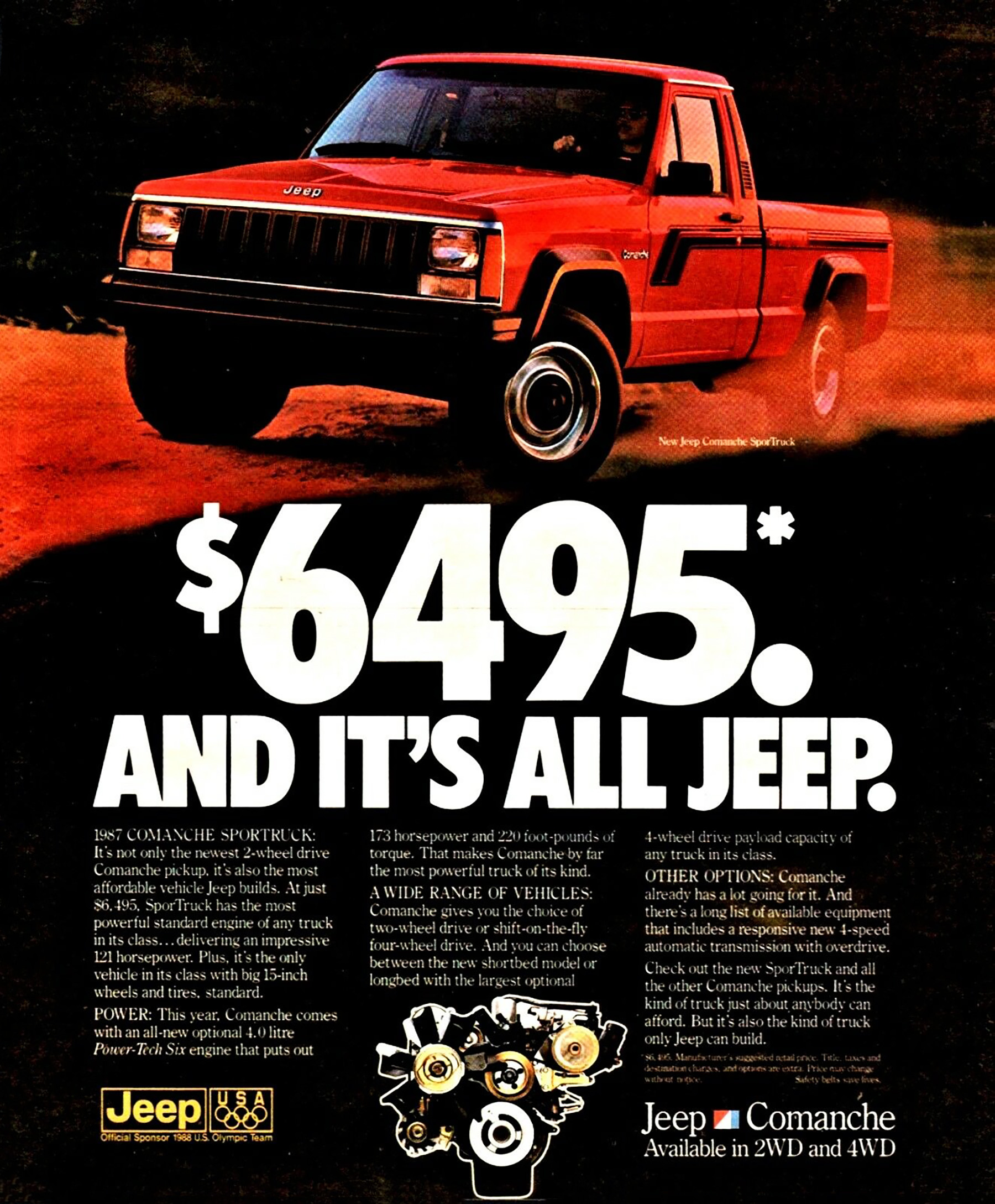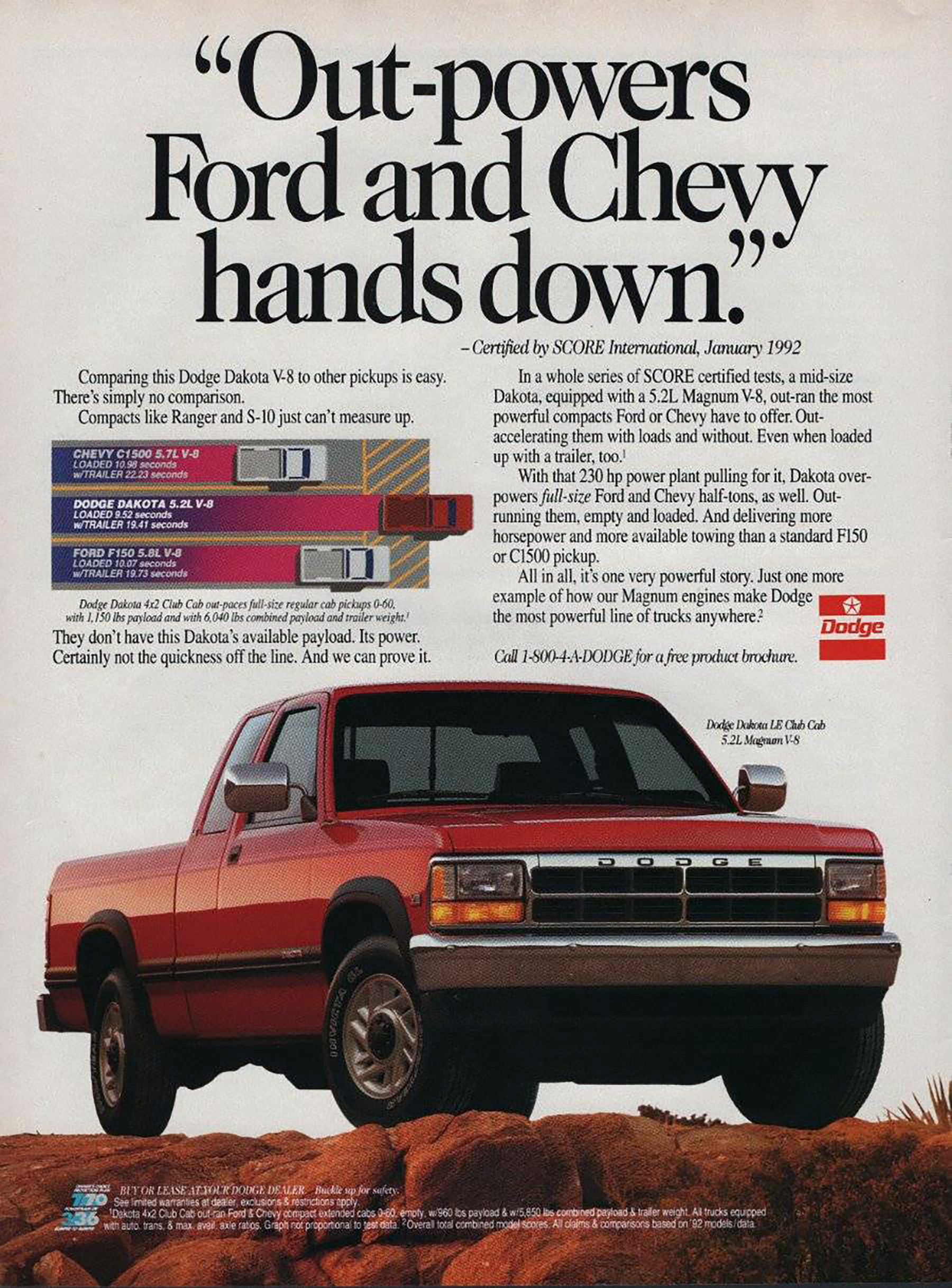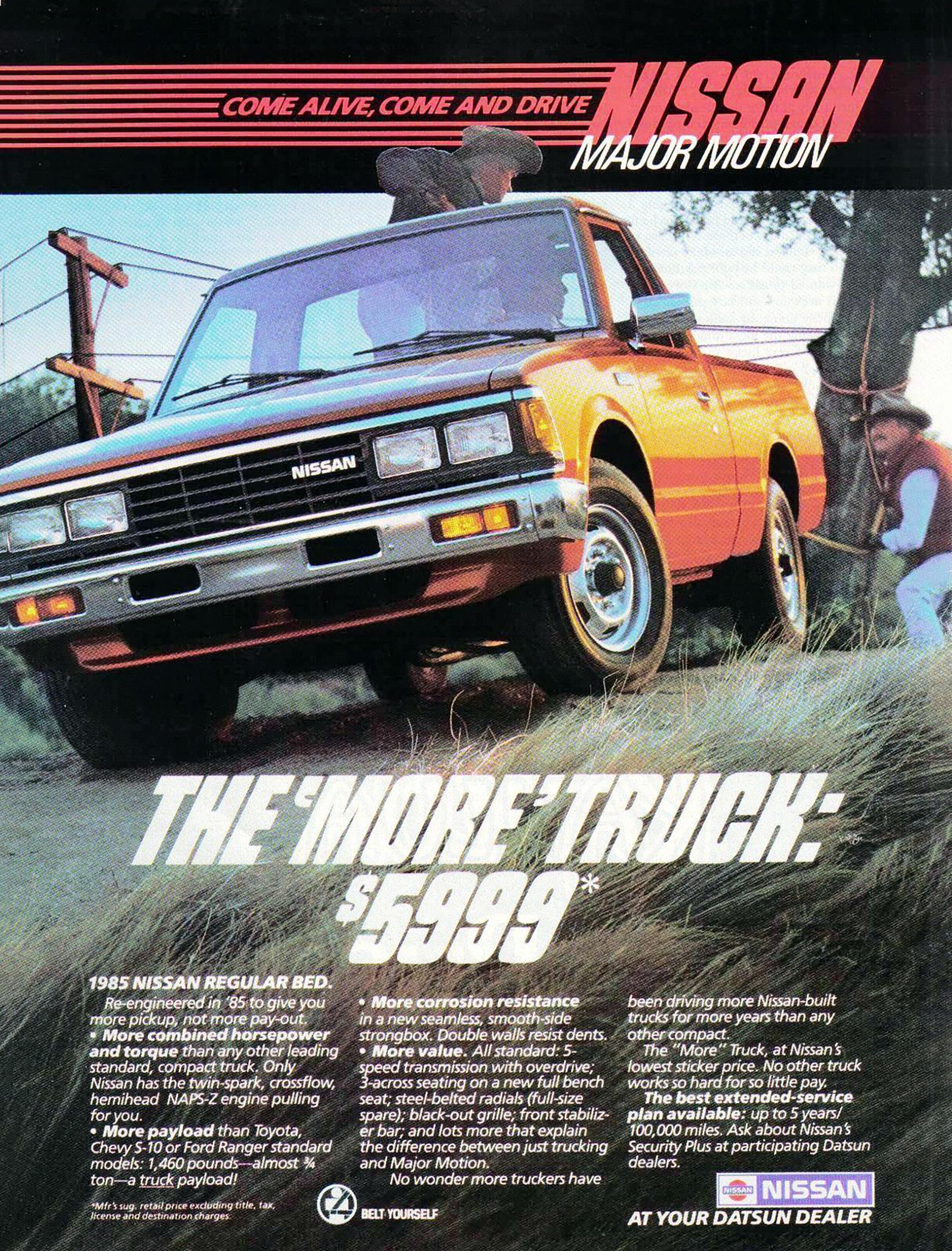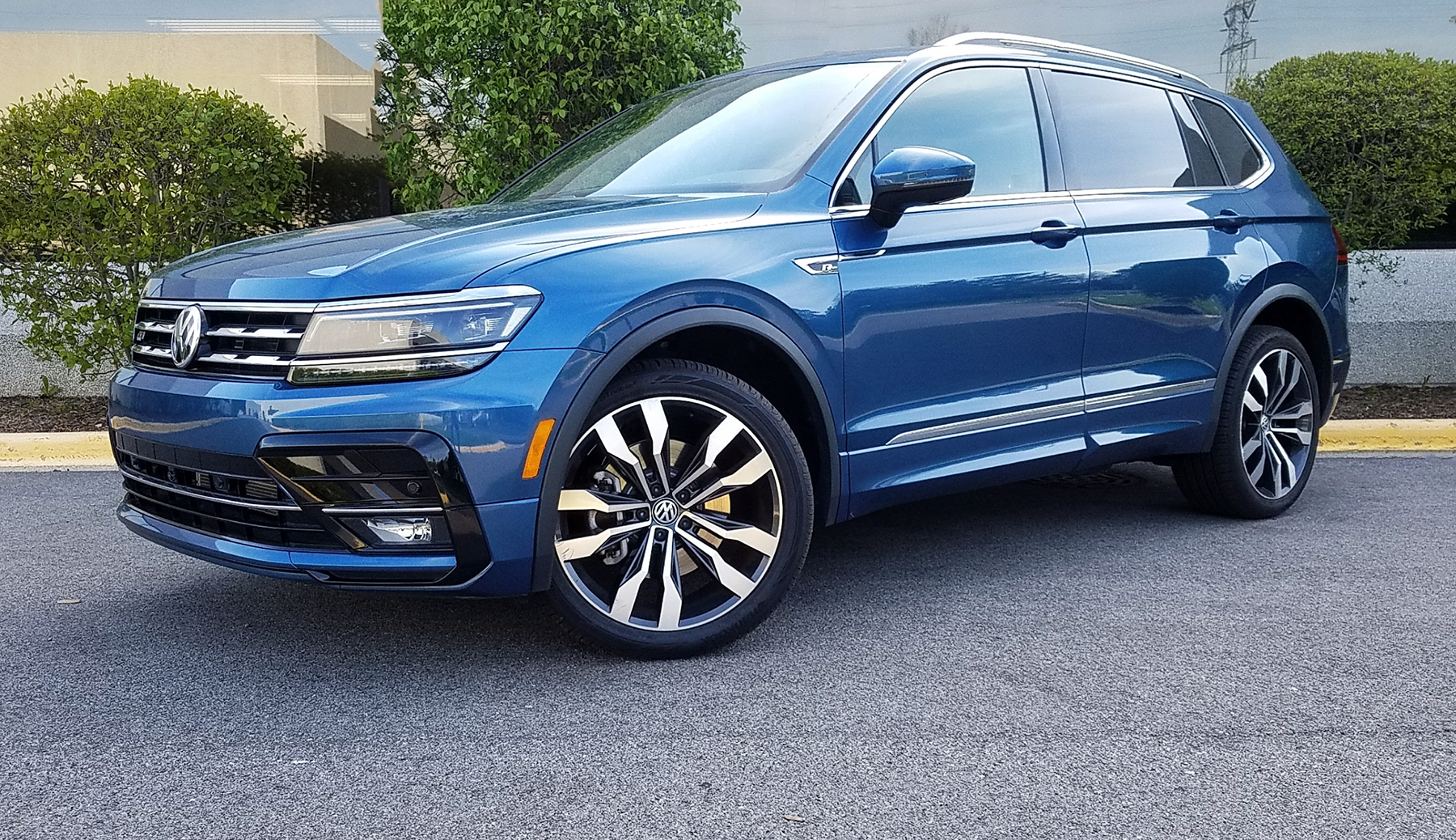
2020 Volkswagen Tiguan SEL Premium R-Line in Silk Blue Metallic
 2020 Volkswagen Tiguan SEL Premium R-Line w/ 4Motion
2020 Volkswagen Tiguan SEL Premium R-Line w/ 4Motion
Class: Compact Crossover SUV
Miles driven: 324
Fuel used: 13.8 gallons
| CG Report Card |
|
|
|
|
| Room and Comfort |
B+ |
| Power and Performance |
C+ |
| Fit and Finish |
B+ |
| Fuel Economy |
B |
| Value |
B- |
|
|
| Report-card grades are derived from a consensus of test-driver evaluations. All grades are versus other vehicles in the same class. Value grade is for specific trim level evaluated, and may not reflect Consumer Guide’s impressions of the entire model lineup. |
|
|
| Big & Tall Comfort |
|
|
| Big Guy |
B+ |
| Tall Guy |
A- |
|
|
| Big & Tall comfort ratings are for front seats only. “Big” rating based on male tester weighing approximately 350 pounds, “Tall” rating based on 6’6″-tall male tester. |
|
|
| Drivetrain |
| Engine Specs |
184-hp 2.0-liter |
| Engine Type |
4-cyl |
| Transmission |
8-speed automatic |
| Drive Wheels |
AWD |
Real-world fuel economy: 23.4 mpg
Driving mix: 40% city, 60% highway
EPA-estimated fuel economy: 20/27/23 (city, highway, combined)
Base price: $38,795 (not including $1020 destination charge)
Options on test vehicle: Third-row seat package ($595)
Price as tested: $40,410
Quick Hits
The great: Excellent second-row-seat legroom and cargo space, nicely balanced road manners
The good: Classy cabin/interior materials, clean control-panel layout
The not so good: Lackadaisical low-speed acceleration, especially from a stop
More Tiguan price and availability information
John Biel
From the look of things, it seems that nearly every automaker regards its products as works in progress. Once anything new hits the market, are they ever really done with it until its replacement comes out?
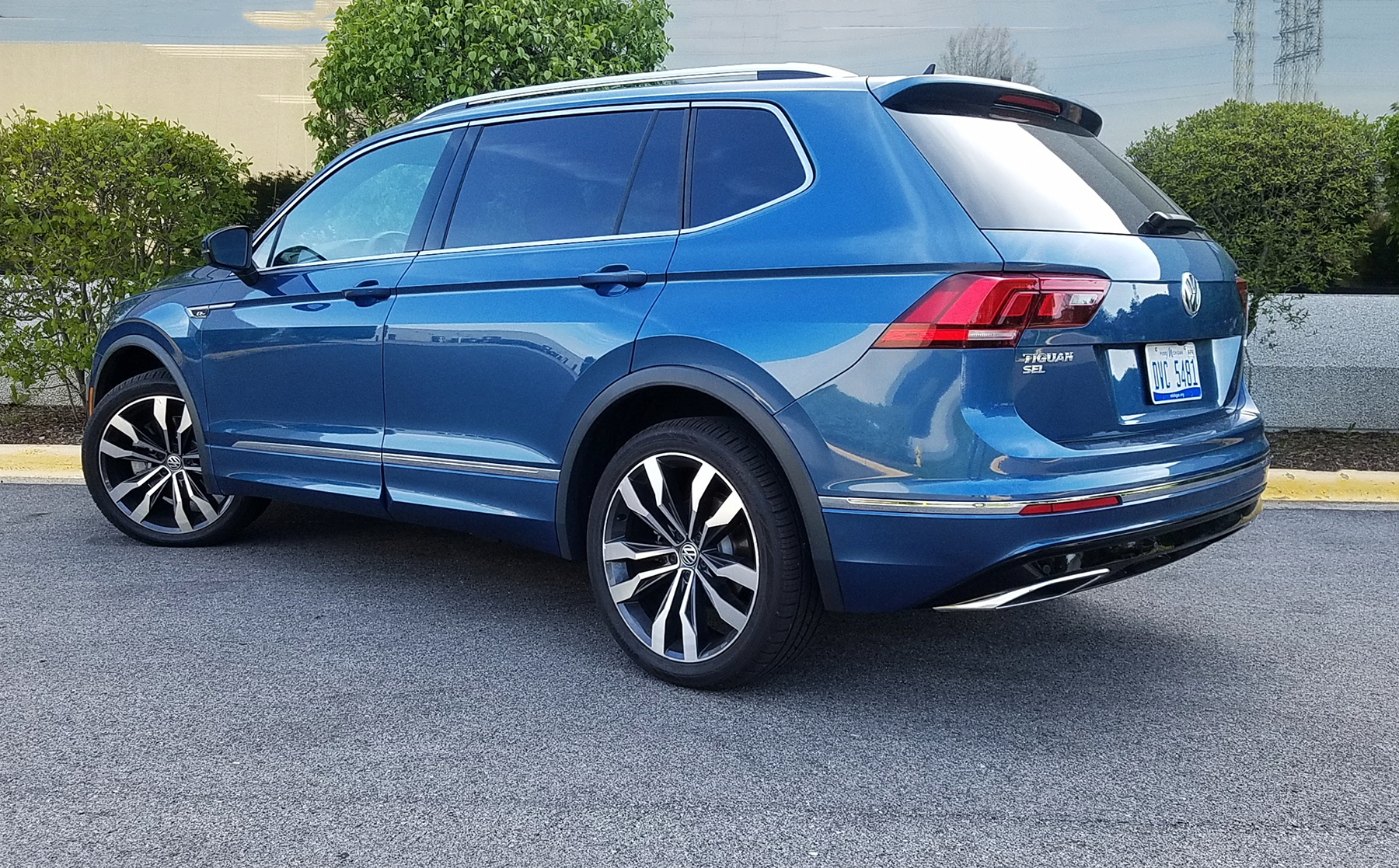
The SEL Premium R-Line comes solely with all-wheel drive and is the top-dog model in the Tiguan lineup; it starts at almost $14,000 more than the front-wheel-drive S model.
Take the Volkswagen Tiguan. VW released the second generation of its compact SUV for 2018 on a larger platform with more cargo room than before and enough space to consider adding a third-row seat. It pretty much stayed the same through 2019, but now, for year three, the 2020 job has a revised model lineup and new or improved technology features.
Consumer Guide tested the Tiguan 2.0T SEL Premium R-Line that continues to sit atop the product line, but the ranks below have been shuffled somewhat. S, SE, and SEL models, all with a choice of front-wheel drive or 4MOTION all-wheel drive, are still cataloged, but the former SEL R-Line has been dropped, which makes room for an SE R-Line Black, again with a choice of drivelines. Also gone is the AWD-only SEL Premium. With standard 4MOTION, the SEL Premium R-Line starts at $39,815 (with delivery); the extra-cost third-row seat nudged the test truck’s tab to $40,410.
First Look: 2021 Nissan Rogue
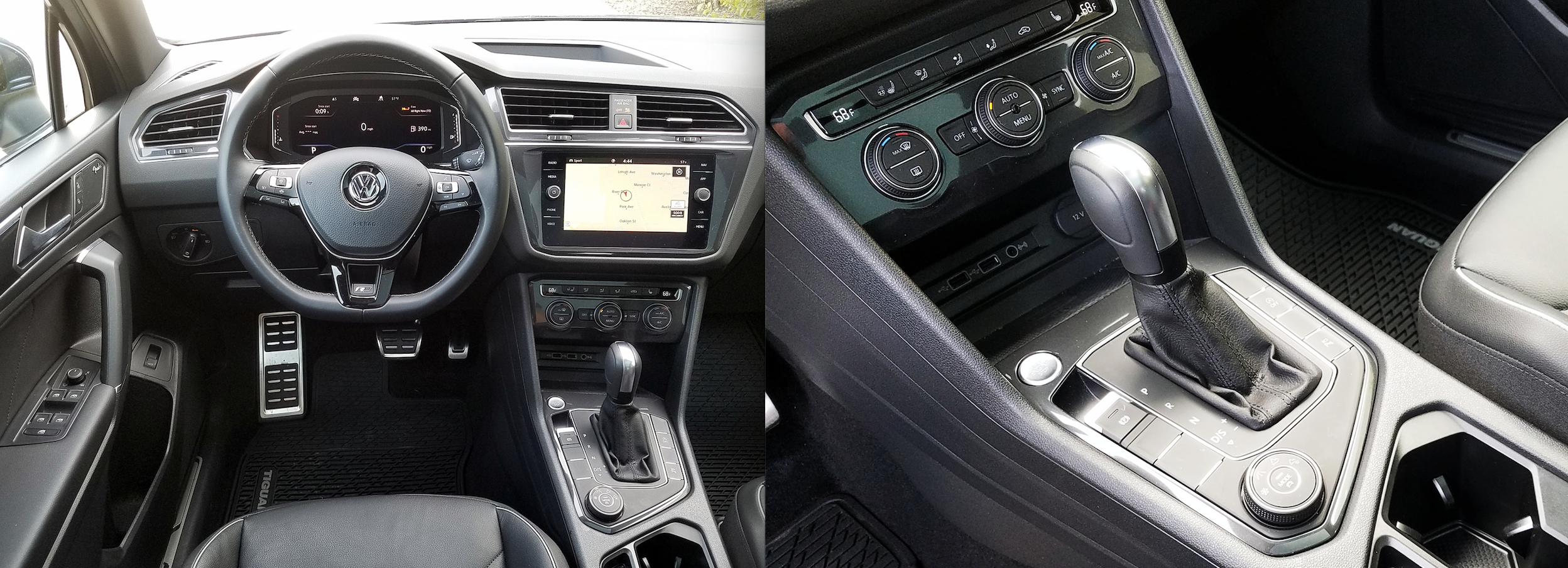
Upscale features of the SEL Premium model include Volkswagen’s Digital Cockpit virtual gauge cluster, leather upholstery, and a nine-speaker Fender audio system. Climate controls are handy rotary dials, and charging ports are located in the leading edge of the center console.
No matter which one a Tiguan customer might buy, it will now have emergency automatic braking with pedestrian detection, blind-spot alert, and rear cross-traffic alert. (The SEL Premium R-Line goes one better by including Active Blind Spot Monitor that adds some countersteer to help resist changing lanes if a vehicle is in the blind spot.) There’s also an updated Car-Net telematics system and Wi-Fi capability for all, plus wireless charging for all but S-level models.
Residing where it does in the Tiguan hierarchy, the SEL Premium R-Line comes pretty well loaded. All R-Lines are identified by a rear sport valance, specific front bumper with a wide lower opening, R-Line badging, 20-inch multi-spoke alloy wheels (with a two-tone machined appearance on the Premium), leather-wrapped steering wheel with R-Line badge, and stainless-steel pedal surfaces. The Premium also boasts leather seats.
Test Drive: 2020 Lexus UX 250h Luxury
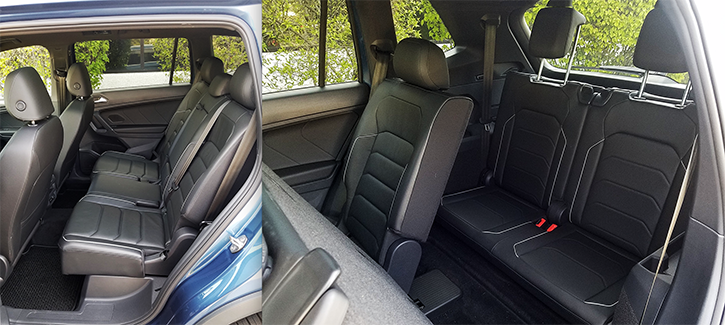
The Tiguan’s second row is spacious enough for adults to ride in comfort, but not surprisingly, the diminutive optional third row is tricky to access and best suited for children. Still, it’s nice to have for the occasional short trip.
In addition to the tech features already described, it also has an overhead-view camera, “Digital Cockpit” instrument display, parking-distance monitors, adaptive cruise control with stop-and-go functionality, headlight high-beam control, remote engine start, keyless entry and starting, hands-free liftgate, Discover Media infotainment system with navigation and 8-inch touchscreen, satellite radio, and a Fender audio system with subwoofer. Other functional and comfort touches encompass full LED exterior lighting (with dynamic cornering lights), power-folding and heated side mirrors with memory function, rain-sensing windshield wipers with heated washer nozzles, a new heated wiper “park” at the base of the windshield, panoramic sunroof, dual-zone climate control, heated steering wheel and front seats, 10-way-adjustable power driver’s seat, cargo cover, and ambient interior lighting.
Accommodations and driving character of the 2020 Tiguan are familiar from CG’s prior runs in examples from this generation. Interior roominess is particularly apparent in the second row, where there’s welcoming legroom for two adults. Seat backs adjust for angle, further enhancing comfort. However, the sunroof skims off some headroom. The third-row seat, a rarity in this size class (the Mitsubishi Outlander is the only other such vehicle with one), may be a handy addition for those who need room for an extra child or two, but it’s too cramped for adult occupancy. Drivers enjoy good sightlines in practically any direction, and entry and exit through all four doors are easy.
Test Drive: 2020 Hyundai Santa Fe Limited (FWD)
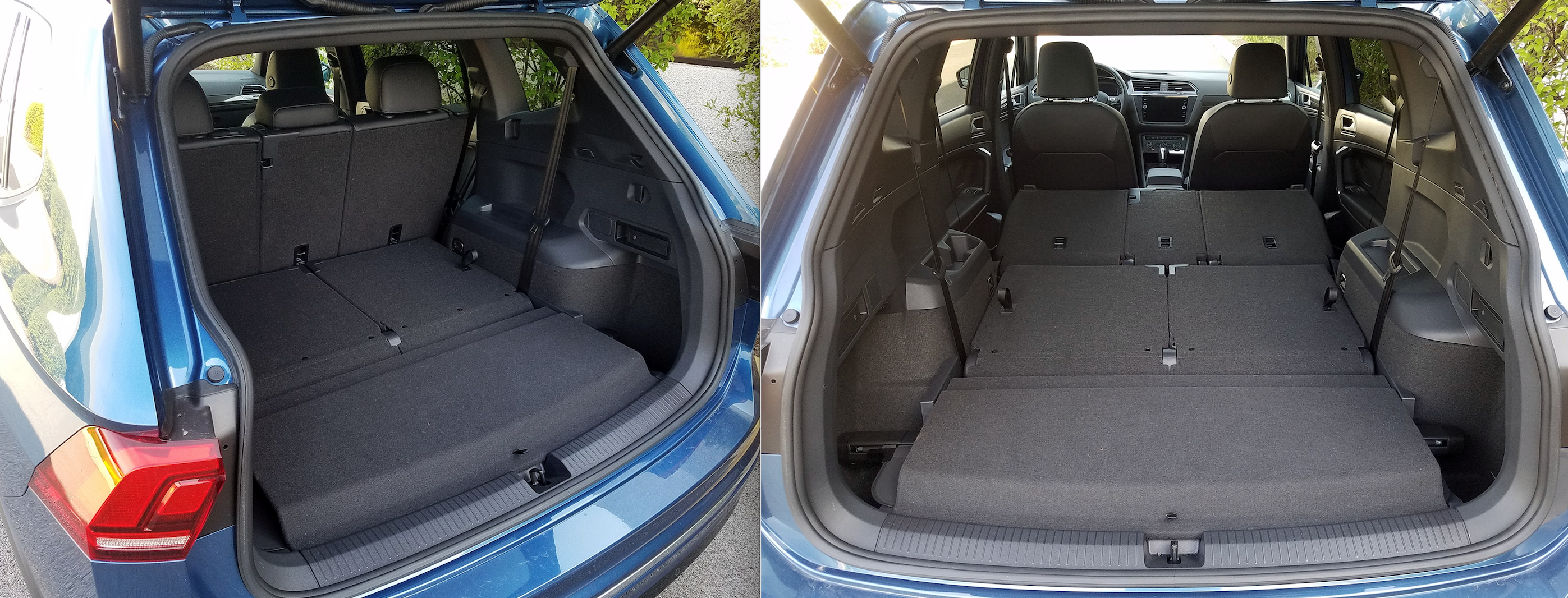
The optional third-row seats eat up a bit of available cargo space, since they raise the cargo floor a bit higher. There’s 12.0 cubic feet behind the third row, 33 cu. ft. behind the second row, and 65.7 cu. ft. with both the second and third row folded. Two-row Tiguans have 37.6 cu. ft. and 73.5 cu. ft., respectively.
Compressible soft-touch material is found atop the dash and on much of the front door panels, but armrests present the only soft areas on the rear doors. The Digital Cockpit enables multiple configurations, and there’s plenty more to be find through the touchscreen. However, some things you’d like to access—say a trip odometer—are dug into the system and a certain amount of fuss to find. Inputting radio presets is more or less intuitive, but takes several button pushes to do what seems should be done in one. Separate dials for temperature settings and fan speed are employed by the climate system, with buttons for other functions.
Test Drive: 2020 Jeep Compass Trailhawk
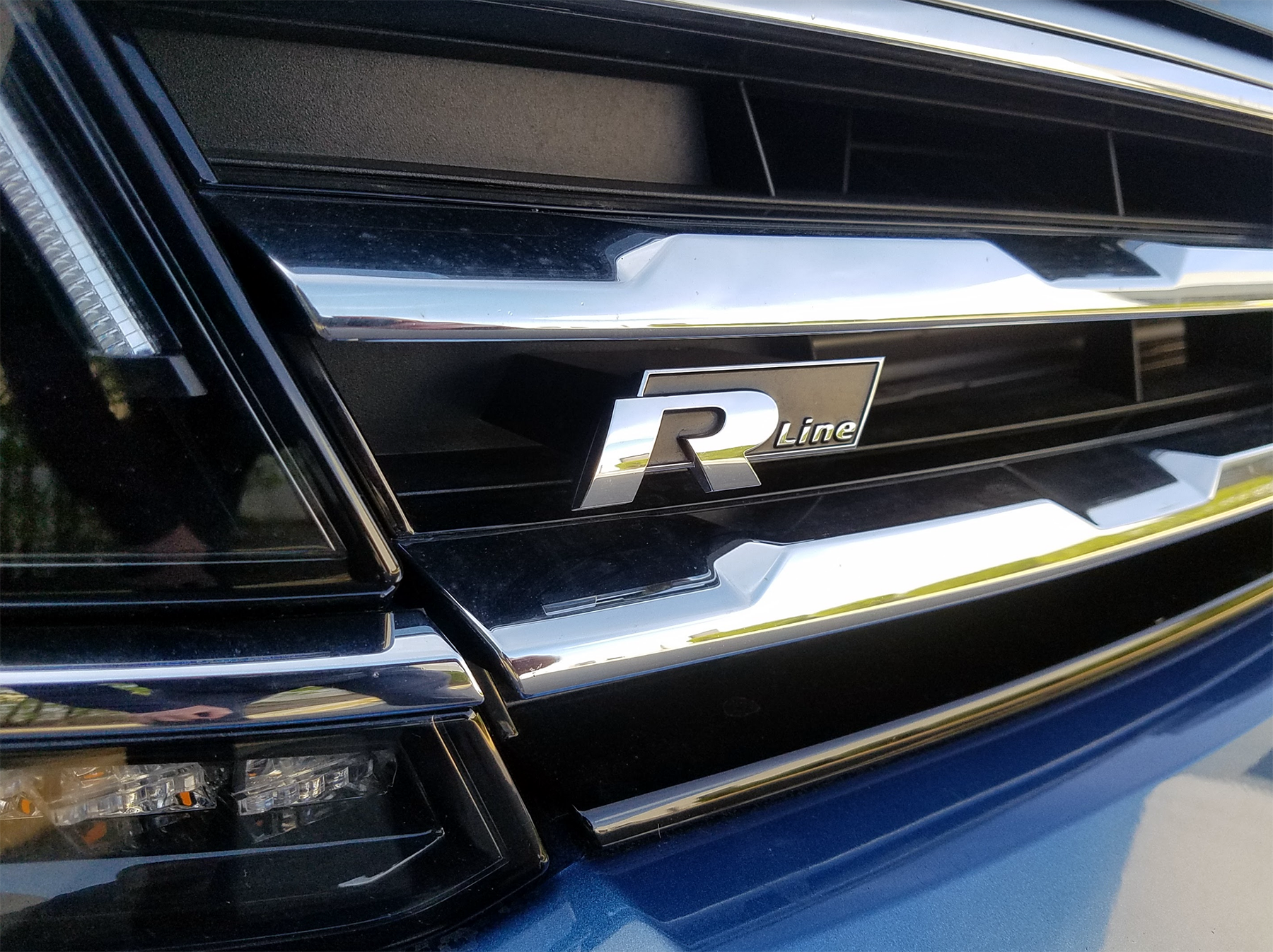
In addition to their upsized wheels and sportier front and rear fasciae, R-Line Tiguans get badges on their front fenders and grille.
Front-row personal-item storage includes a big glove box, small console box, little bin that pulls out of the dash to the left of the steering column, dual exposed cup holders in the console, and door pockets with bottle holders. Device inputs are clustered at the front of the console. The second-row passengers are served by pouches on back of the front seats, door pockets like those in front, cup holders in the pull-down center armrest, and a USB port and 12-volt outlet on the back of the console.
Cargo loads onto a flat floor at bumper height. With the third-row seats up, there’s limited cargo capacity. They fold flat, as do the 40/20/40 second-row seats—albeit with a gap of an inch or more between them and the main cargo floor—to expose 73.5 cubic feet of cargo room. Deep open bins at the rear corners serve to contain incidentals owners might like to keep on hand.
The powerteam remains a 2.0-liter turbocharged 4-cylinder engine and 8-speed automatic transmission. The engine makes 184 horsepower at 5400 rpm and 221 lb-ft of torque at 4300 rpm. It’s adequate, just not inspiring, in around-town driving, though it cruises easily and quietly enough on expressways.
The 4MOTION system has “On-road,” “Snow,” “Off-road,” and “Custom off-road” modes to match powertrain operation to the terrain. On-road opens drivers to “Eco,” “Normal,” “Sport,” and “Custom” options that modify throttle response and transmission operation. Off-road mode utilizes hill-descent control on steep grades for better vehicle control.
Test Drive: 2020 Chevrolet Equinox Premier
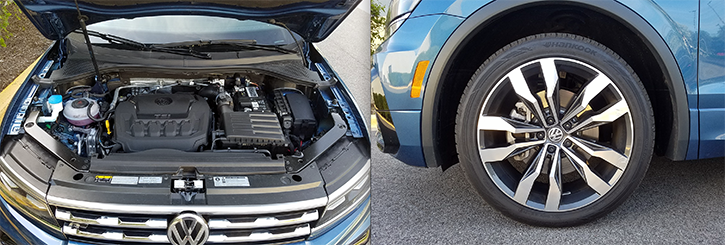
Tiguan R-Lines look sportier than their stablemates, but they don’t get anything special under the hood–they’re equipped with the same 184-hp turbocharged 2.0-liter four as other Tiguans. The R-Line’s standard 20-inch wheels and low-profile tires look great, but take a bit of a toll on ride quality over bumps and rough pavement.
EPA fuel-economy estimates for AWD models like the SEL Premium R-Line are 20 mpg in the city, 27 mpg on the highway, and 23 combined. This tester logged 25.4 mpg from a trip of 62 miles with 25 percent city-type operation. That’s 0.8 mpg better than he got in 2018 in a longer stint with a bit more city driving.
Ride is absorbent without going soft, though the 20-inch wheels make things a bit harsher over sharp bumps. The Tiguan handles well, with firmer steering and an improved sense of control in Sport mode.
If the Volkswagen Tiguan is a work in progress, it’s because there’s progress in its works.
Test Drive: 2020 Honda CR-V Touring
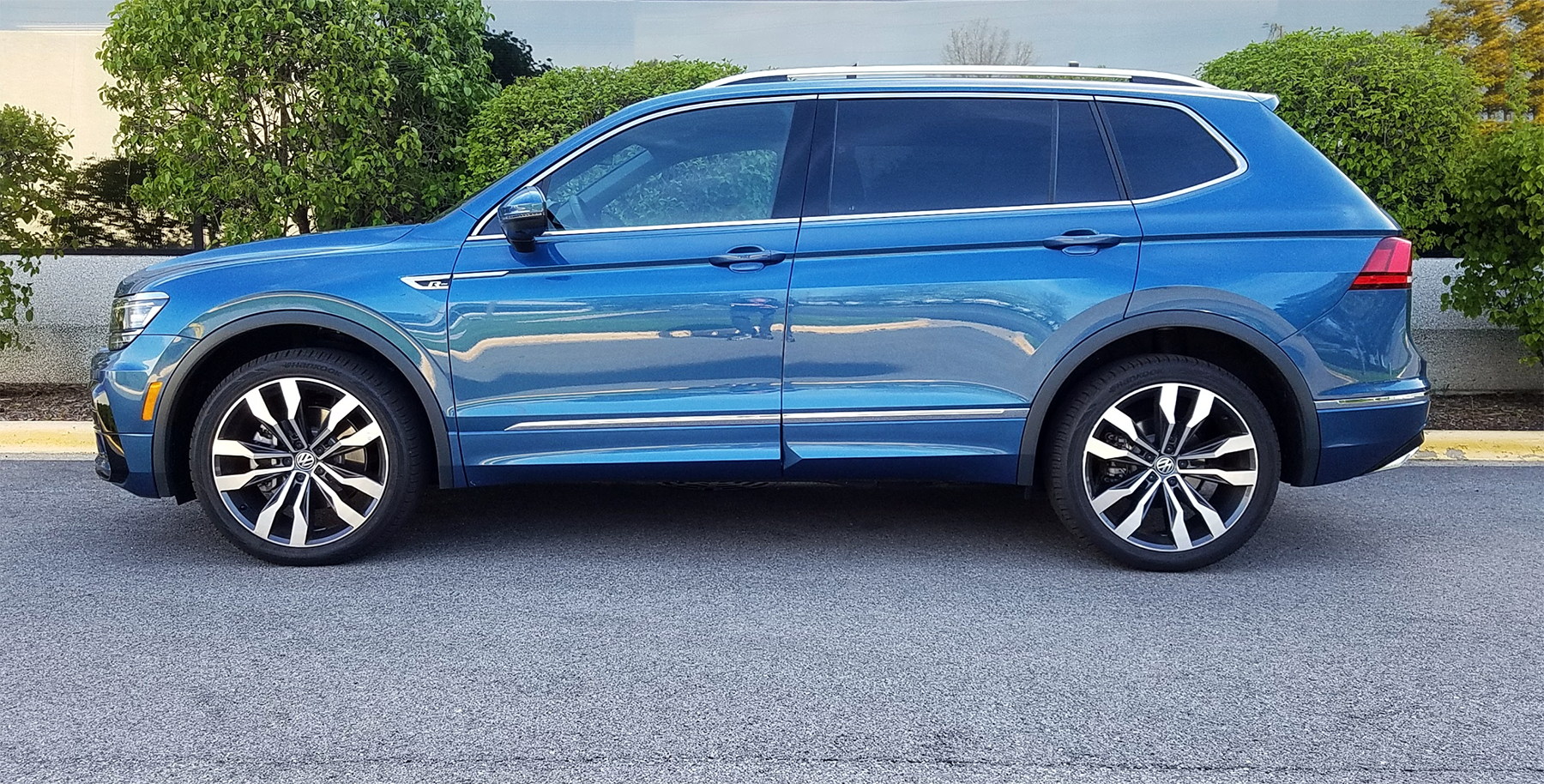
The VW Tiguan continues to be a likeable compact SUV that offers great passenger space and the flexibility of its available third-row seat, but all the bells and whistles of the top-line SEL Premium R-Line model push the bottom-line price past the $40K mark–where there are compelling midsize SUVs to consider.
Quick list of every episode of the Car Stuff Podcast
2020 Volkswagen Tiguan R-Line Gallery
2020 Volkswagen Tiguan R-Line
Written by: The Daily Drive staff on July 2, 2020.
